Image Colour Changes and Experimentation I wanted to initially change all of the images to black and white . Then I realised i could change individual layers to black and white, I thought this gave the images a new range of depth and visual interest. I selected the individual layer that I wanted to edit - Then I went to image - adjustments - black and white- then moved the colour sliders up and down until I got my desired outcome, which was a light grey back ground with the wood being darker and being lighter in the lighter parts to create more of a contrast.I also tried doing it the other way around with the same image. The exact same process on a different layer. I decided that i didn't like this image as much as the other one it just didn't look right to me. The contrast of the brown wood on stark grey background looks underwhelming. They look like two purposefully different images when they are actually meant to blend and flow together. These images together in this colour pallet just creative unwanted visual noise which confuses the audience because they are just drawn to the contrast of the colours not the actual image itself.
In this image i am moving around the colour settings so that there is more contrast between the light and dark of the wood in this image. In the first image they were just set to the factory black and white settings so i changes them to have my desired out come. I fell like it makes the image look more interesting and the left eye blends effortlessly into the wood because the pupil of the eye is the same tonal colour pallet range.
I have decide that for this image the face is to colour full it created imbalance in my photo the face shouldn't be as vibrant and it should be a cooler colour pallet to complement the b&w wood structure.
This image in balanced nether of the images over throw the other there is no direct focal point in ether it is just left to the viewers interpretation. The main tool i used was the vibrance slider moving the sider down to -56 gave my desired image composition. This again was through using the image - adjustments tool . There is still the cool blue tones coming through to give that image the need colour but they are muted.

Another tool that i used quite frequently on the original face images was the levels tool to create more depth with in the eyes so that they stood out and didn't get lots within the images different layers.

Again using the same black and white process with the wood from the images adjustments black and white tool and then sliding it to create the desired b&w tonal look.
Again the vibrance tool to decrease the vibrance of the image to put a real focus on what the image is trying to portray rather that the initial combination of broken wood and a face. This vibrance decreases mean the image is seamless and creates a dimensional feel that you can look into the image in different layers but then you zoom back out it still looks like all one image.
For me when editing my photos that I had created the vibrance slider created the most desired outcomes then it came to editing the actual face images i used this tool on all of them. It created the colour pallet that i wanted to complement the black and white wood without becoming a black and white image in its self.

Category Archives: AO4 Present Ideas
Filters
Portrait – Final images
LOSS OF IDENTITY IMAGES
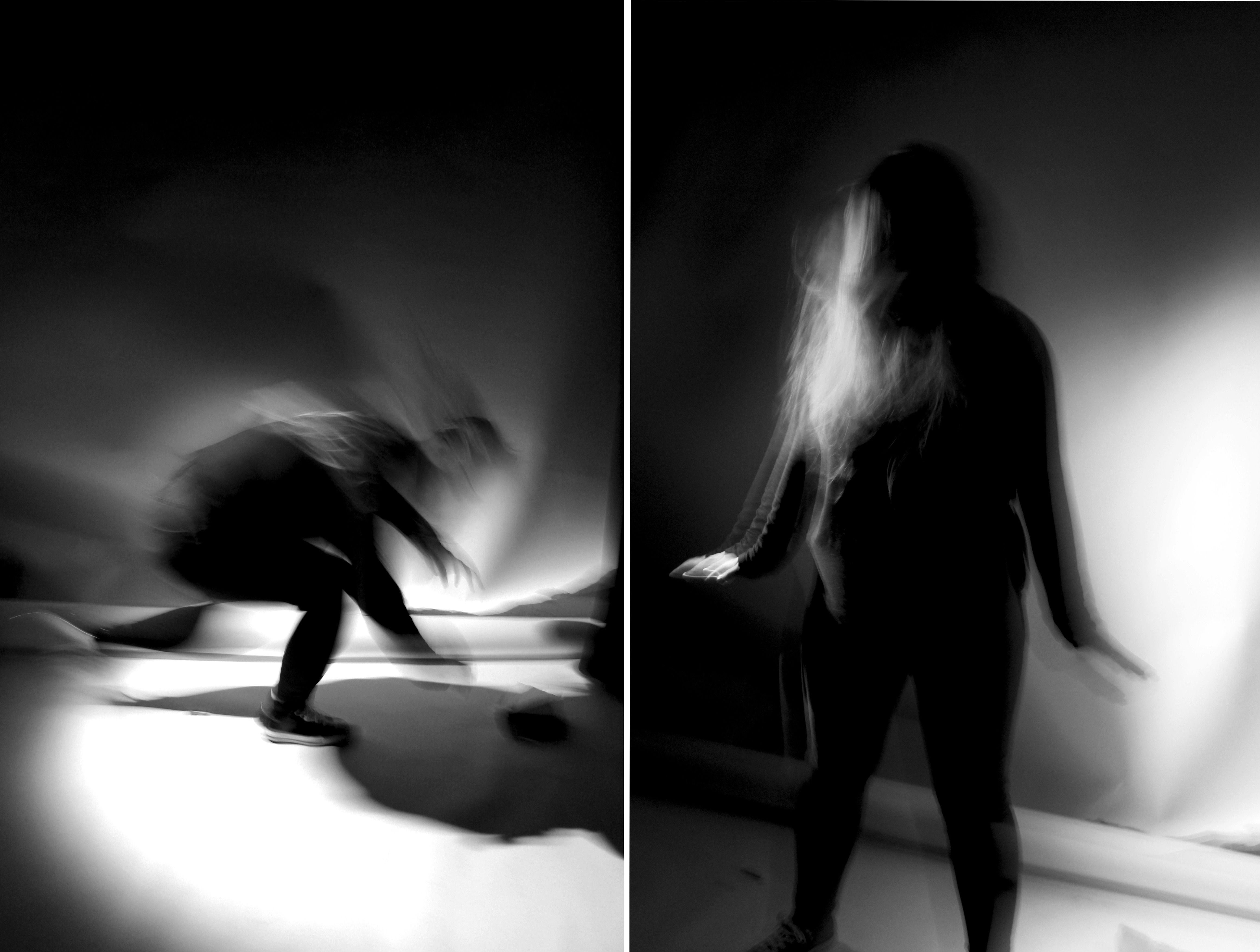
I chose this as one of my final outcomes because it responds to Francesca Woodman’s photography and the theme ‘loss of identity’. I decided to join these two images side by side since together they would create a visually interesting outcome. Both images respond to ‘loss of identity’ because her facial features are hidden through movement. The rapid movement emphasises loss of identity since she appears lost and confused through motion blur. The black and white filter creates a dramatic and choatic atmosphere to the image since the shadows and highlights are exaggerated through contrast. I am printing this image in A5 because Francesca Woodman’s images exaggerate fragility by the fact that the photographs are printed on a very small scale. I want to create the same personal and intimate effect.
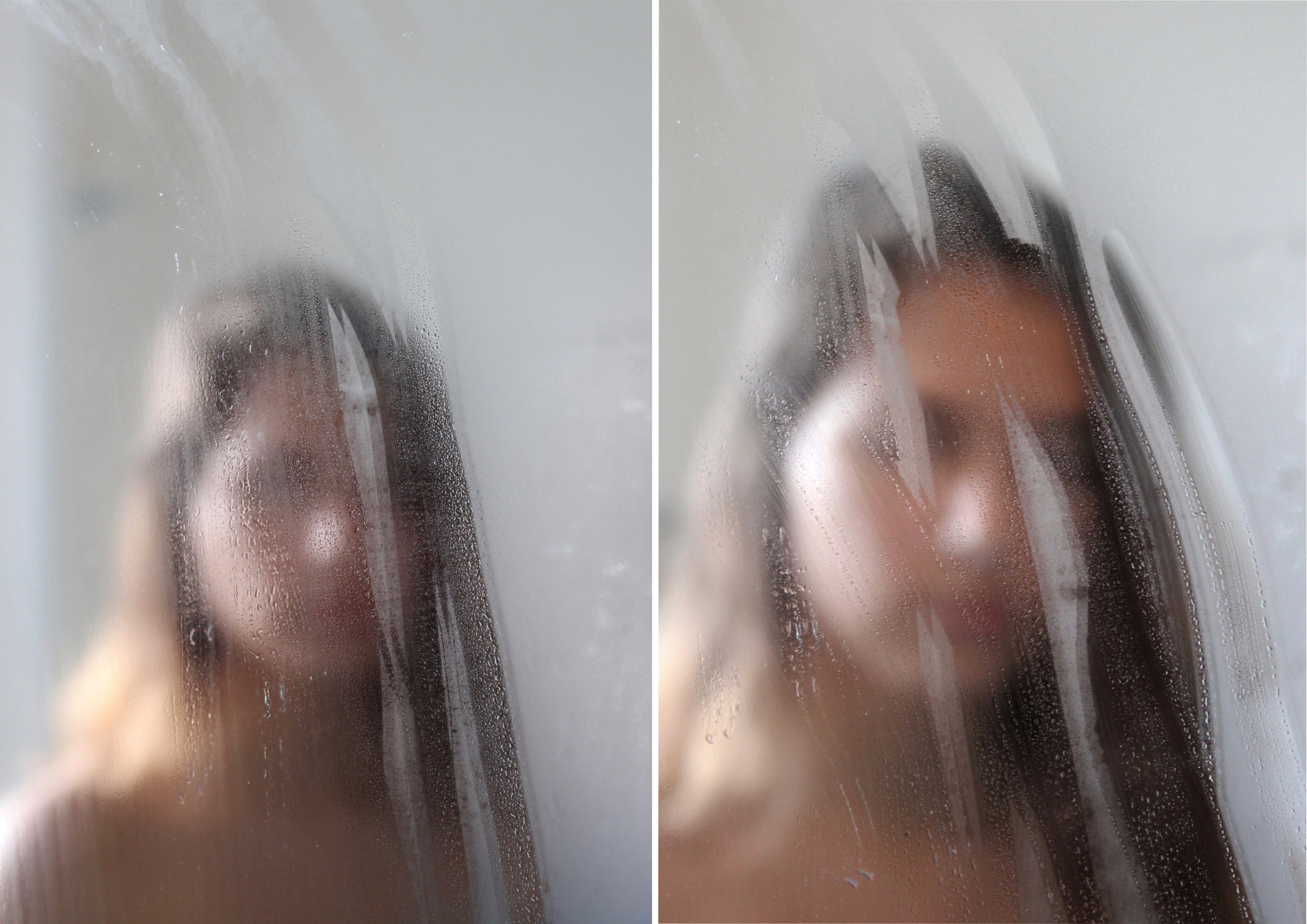
I chose this as one of my final outcomes because it responds the photographer Isabella Madrid. Although these two images are similar the subject is in a different position. This outcome relates to ‘loss of identity’ because the subject’s facial features have been hidden by the steam on the mirror. These two images have been placed side by side to show the different hand marks on the mirror and to make the outcome more visually interesting. I think I have successfully responded to Isabella Madrid’s photography work because I have replicated her style which can be seen through this outcome: simple images that convey a sense of being lost with ones own identity. I have chosen this to be printed on A4 since I believe that it would be a reasonable size for these two images.
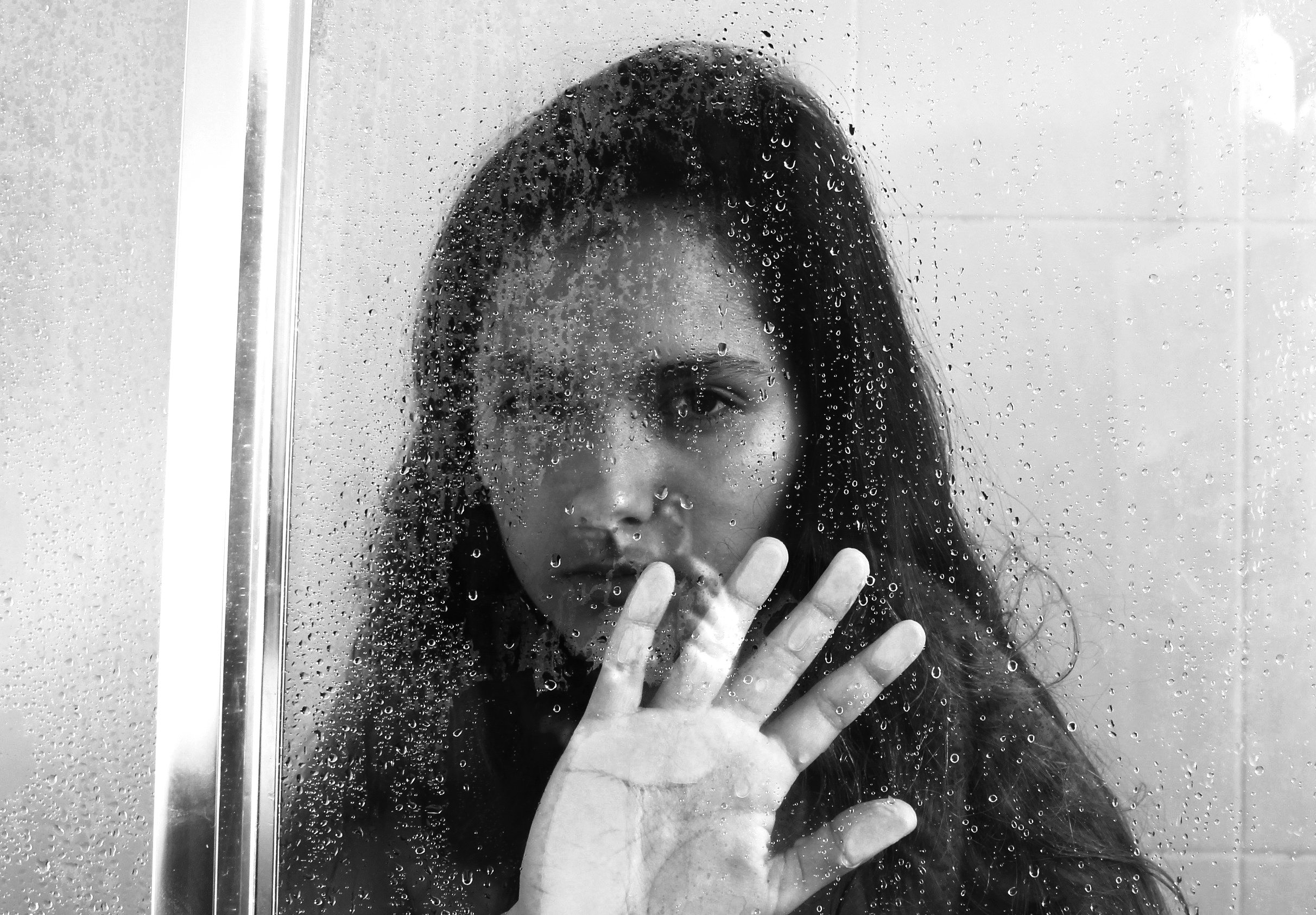
I chose this image as one of my final outcomes because of the mysterious effect which helps to convey the theme ‘loss of identity’. This effect has been created through the black and white filter and the water drops which conceal a part of my face. In my opinion I think this image is a successful replication of one of Isabella Madrid’s photographs because of the eerie and dark atmosphere I created through contrast. I am printing this image in this size because it will have a larger impact on the viewer if printed on a larger scale. The detail of the shadows, highlights and water drops will be seen more clearly once the image is printed on A3.
STUDIO IMAGES
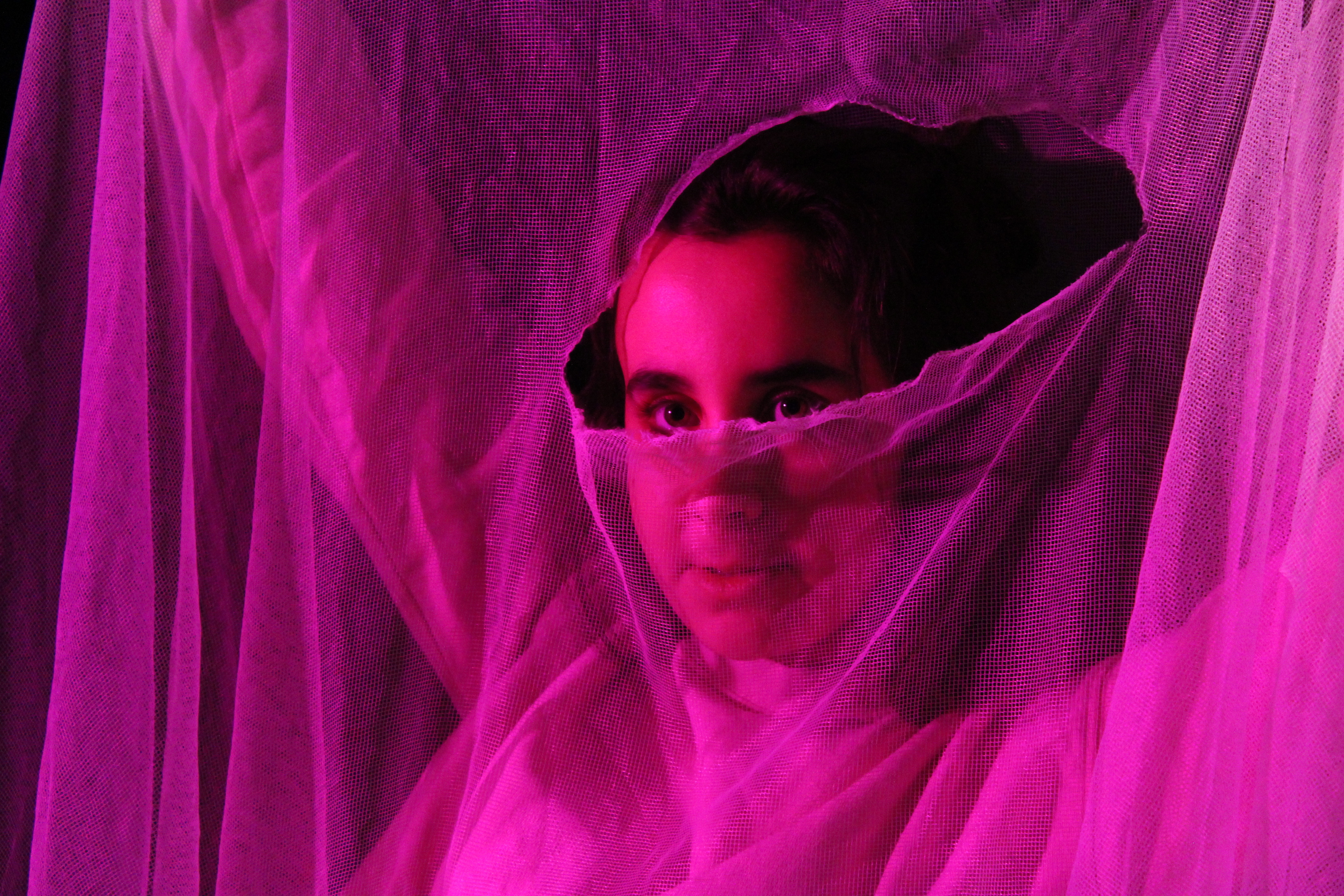
I have chosen to print this image for my portrait project since it’s one of my most visually interesting images that I have taken. I captured this image in the studio room using the spot light and a pink colour filter to cast a pink shadow onto the subject. The subject is holding a net fabric with a tear in the middle. The tear reveals the subject’s eyes which captures the viewer’s attention since it’s the only area without texture from the fabric. I think this image shows my technical skills in photography since I have adjusted my camera settings so the image has the correct exposure and focus.
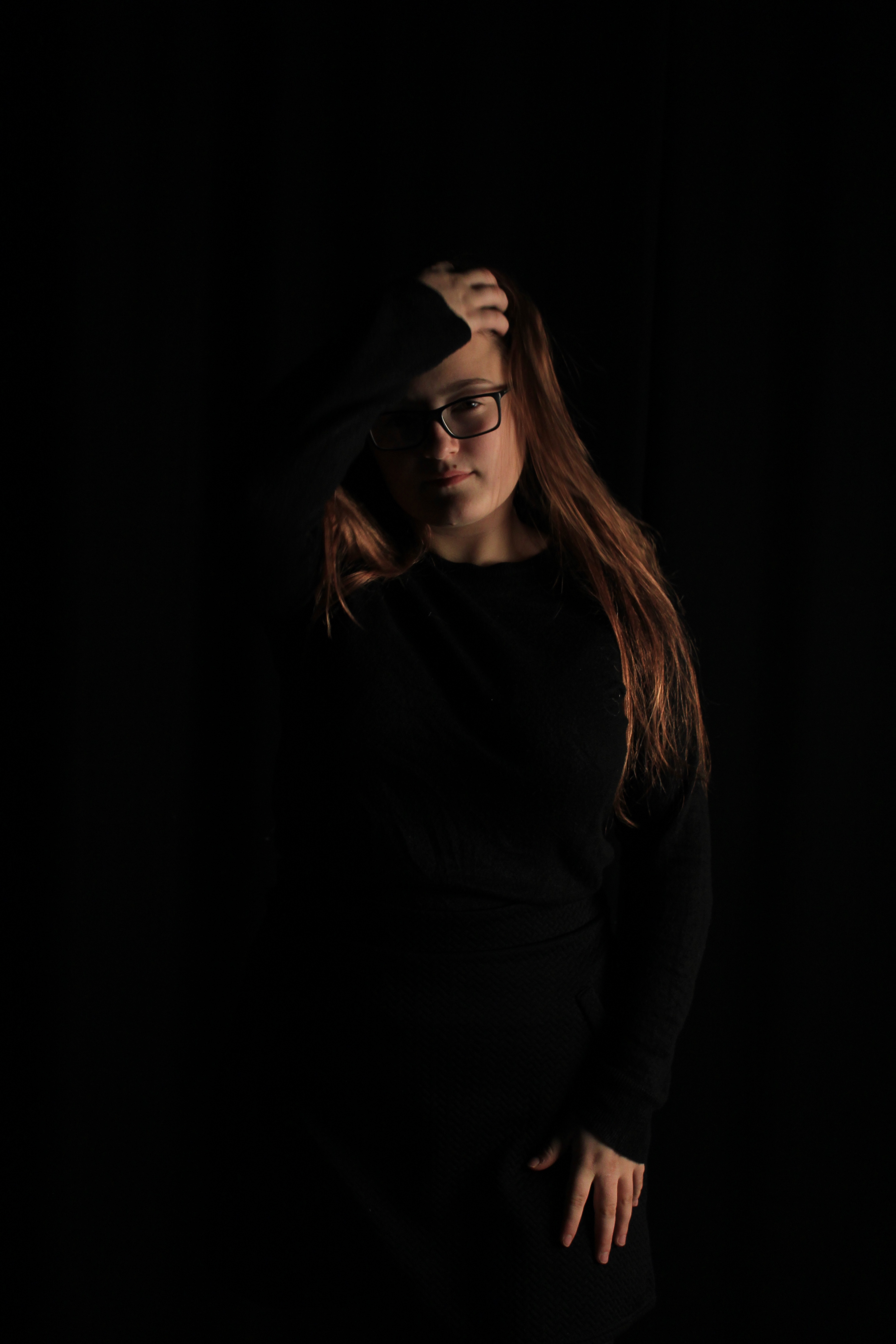
I have chosen to print this image for my portrait project because in this photo you can see that I have applied the Chiaroscuro technique. To create a strong contrast between light and dark, I told my subject to wear all black in the studio room so the results of the photographs would have the subject blended into the black background. To cast light areas on the subject, I used a soft box light and placed it on the right side so it emits a soft, even light onto one side of the subject’s face. This image shows that I can apply techniques that I have learnt from photography lessons into my photography work.
Photoshop Final images Experiments
Image Photoshoping process These images were blended using Photoshop. I created a new blank document - Then open the two images that I wanted to use - Then using a drag and drop method placed them on to the blank document- This then creates two different layers with the two different images on. - A the bottom of the of where the layer panel is you can add a layer mask it is the bottom square with a darker circle in the middle - Then making sure the layer mask is activated with a white box around it, I when on to use the brush tool to blend and fade the images in together- When using the brush tool i changed different sizes depending on if i was working on a large area or a small intricate part - The opacity of my brush stayed between 13% and 25% for a smooth transitioning blend with no harsh noticeable divide lines .
With this image I created two layer masks over the wooden images and one original layer mask over the upside down head. Then blending the tongue and the wood images, I found that control-+ was really helpful zooming in and being able to work using a really small brush size of 17 gave the best effect.


I decided to do some experimentation and try to combine one of the images I had chosen to work from in my final peaces and one of the images i had draw to be printed on asetae for the original collage. I feel like the composition of this image works well, the drawn hands frame the two blending heads that are creating an interesting view point for the observer because they can make there own judgement on what they feel in portrayed with in the image. For me what i want to be portrayed in the encapuslement of identity and how it shrouds our initial view point. This is what is happening towards the evey changing place we live in we are engulfed by industrialisation and this can become a-lot for people and this is what this image represents to me. The inner identity thoughts and feelings that only escape us when overcrowded with thoughts.
Final images – Portraits
These are my best images from throughout the portrait projects which I will be sending to be printed off.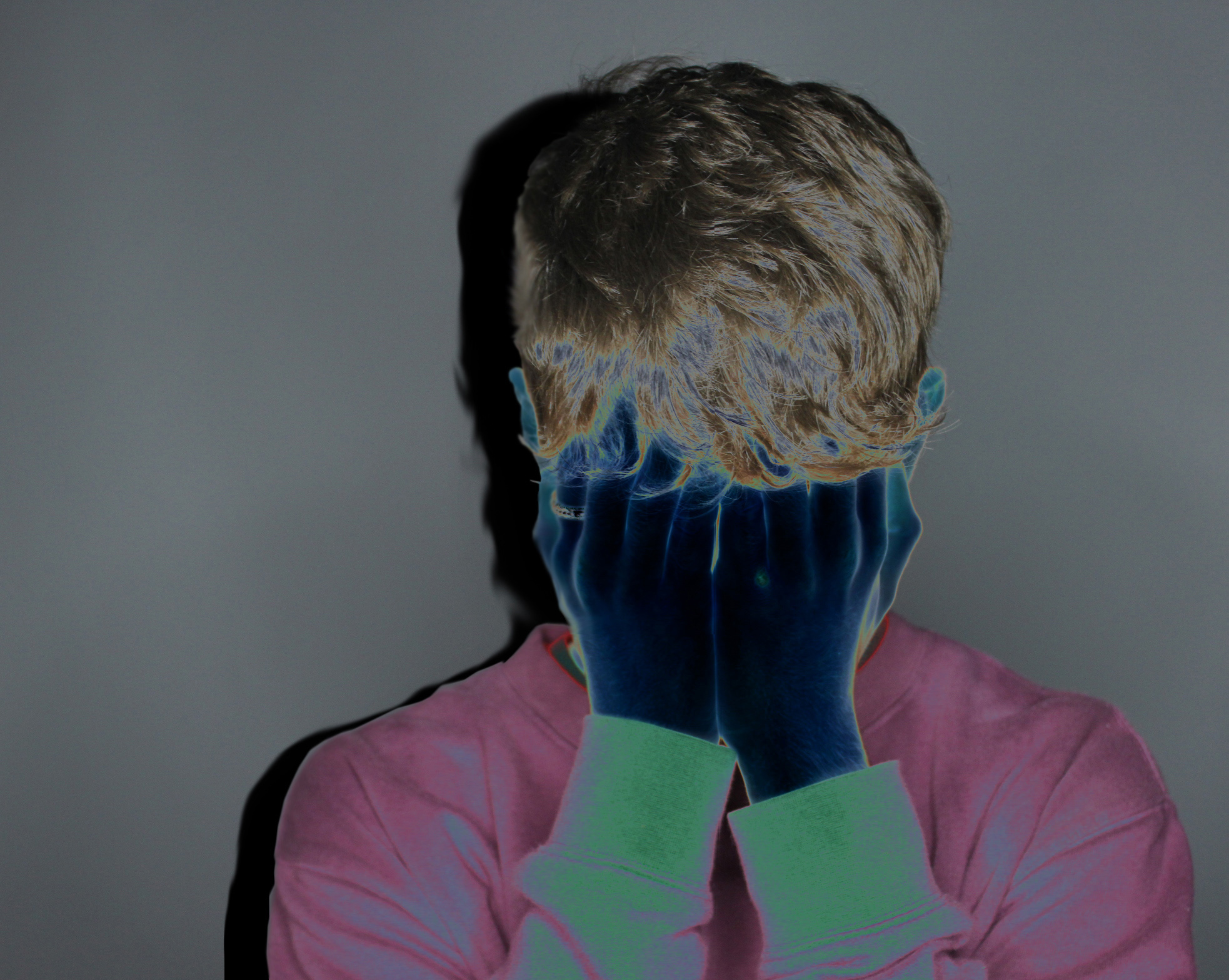
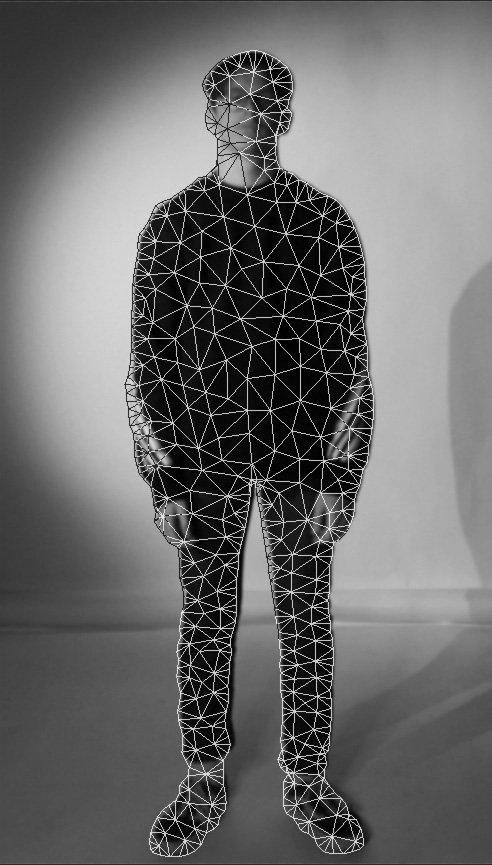
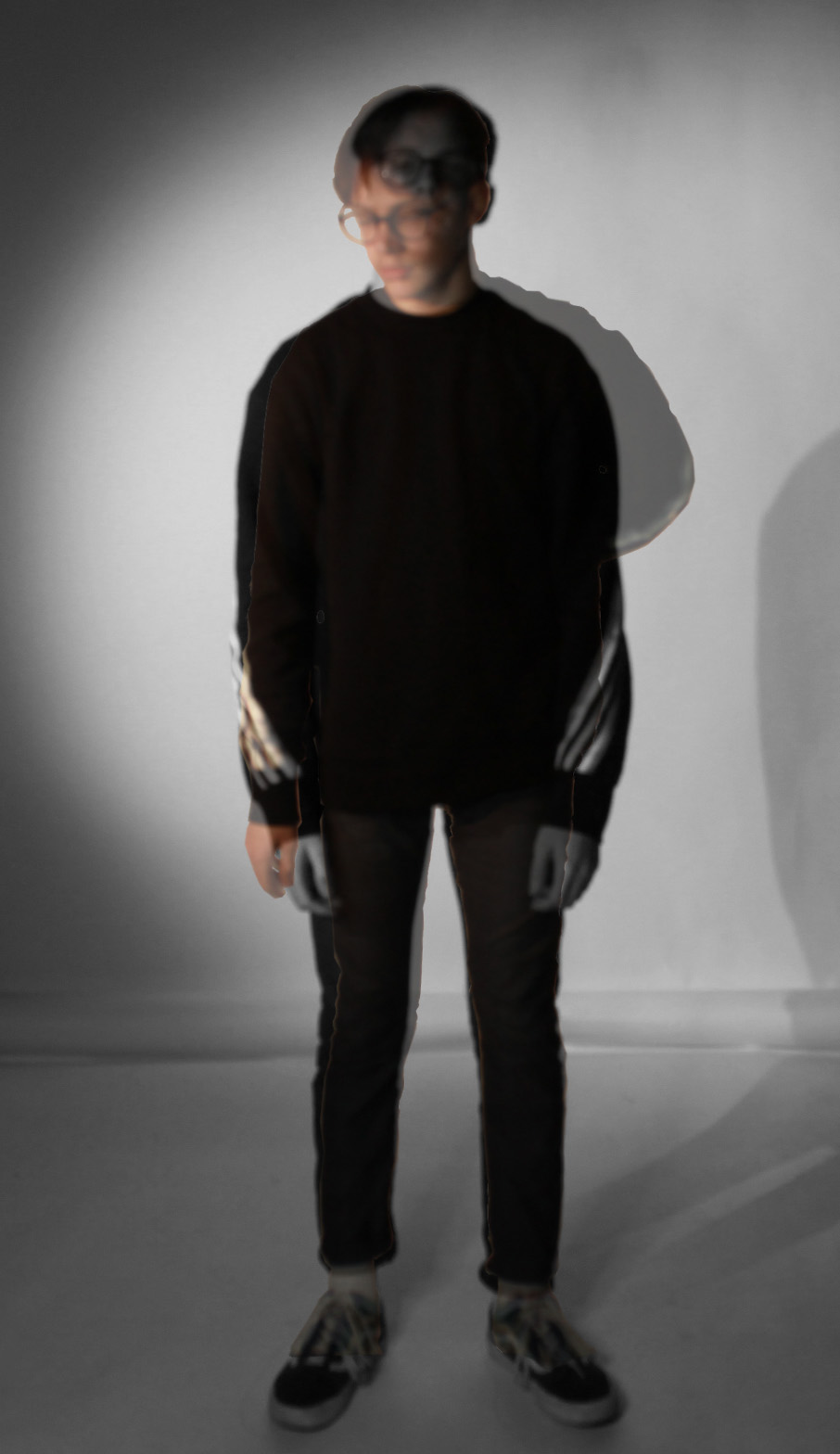
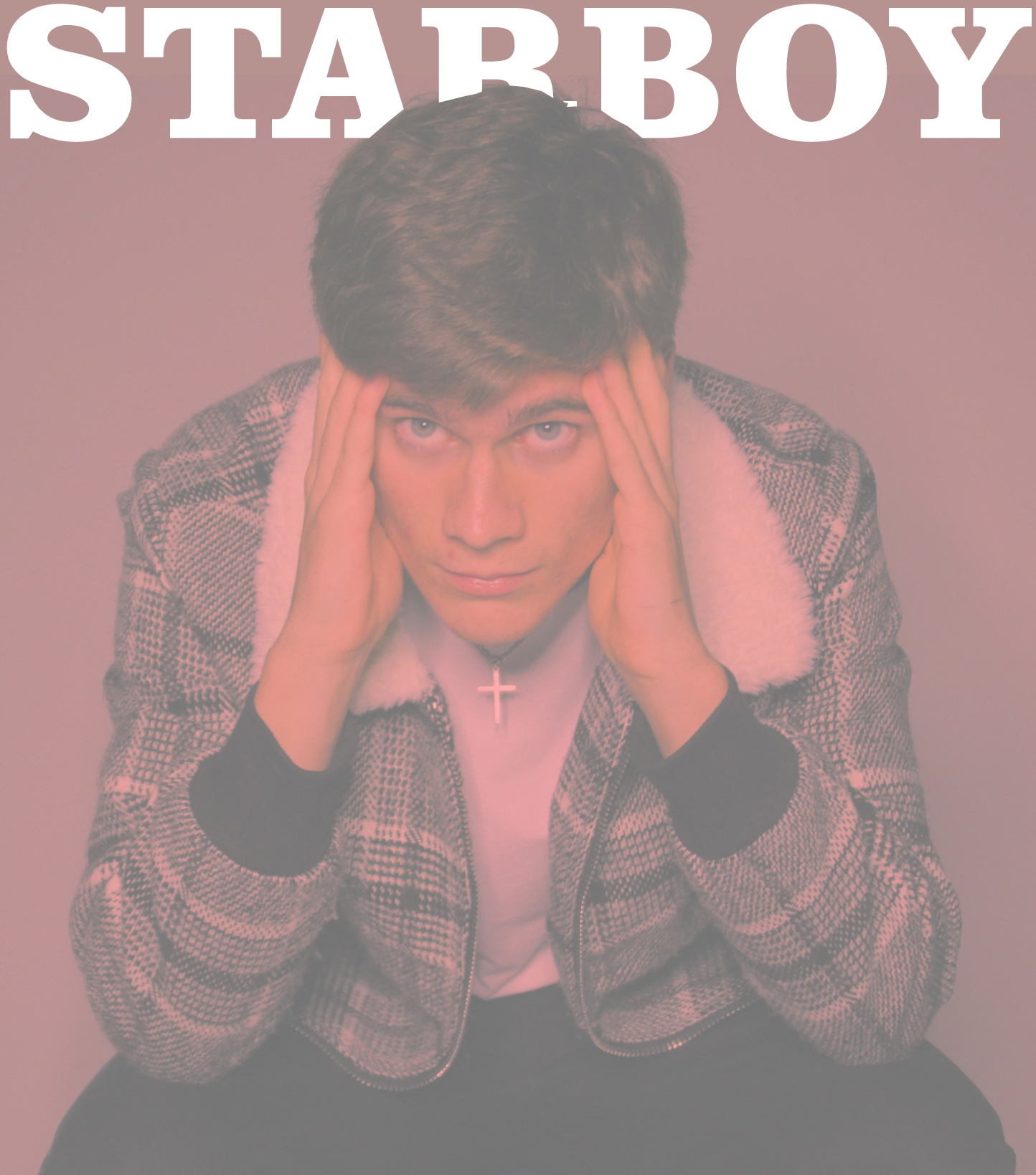
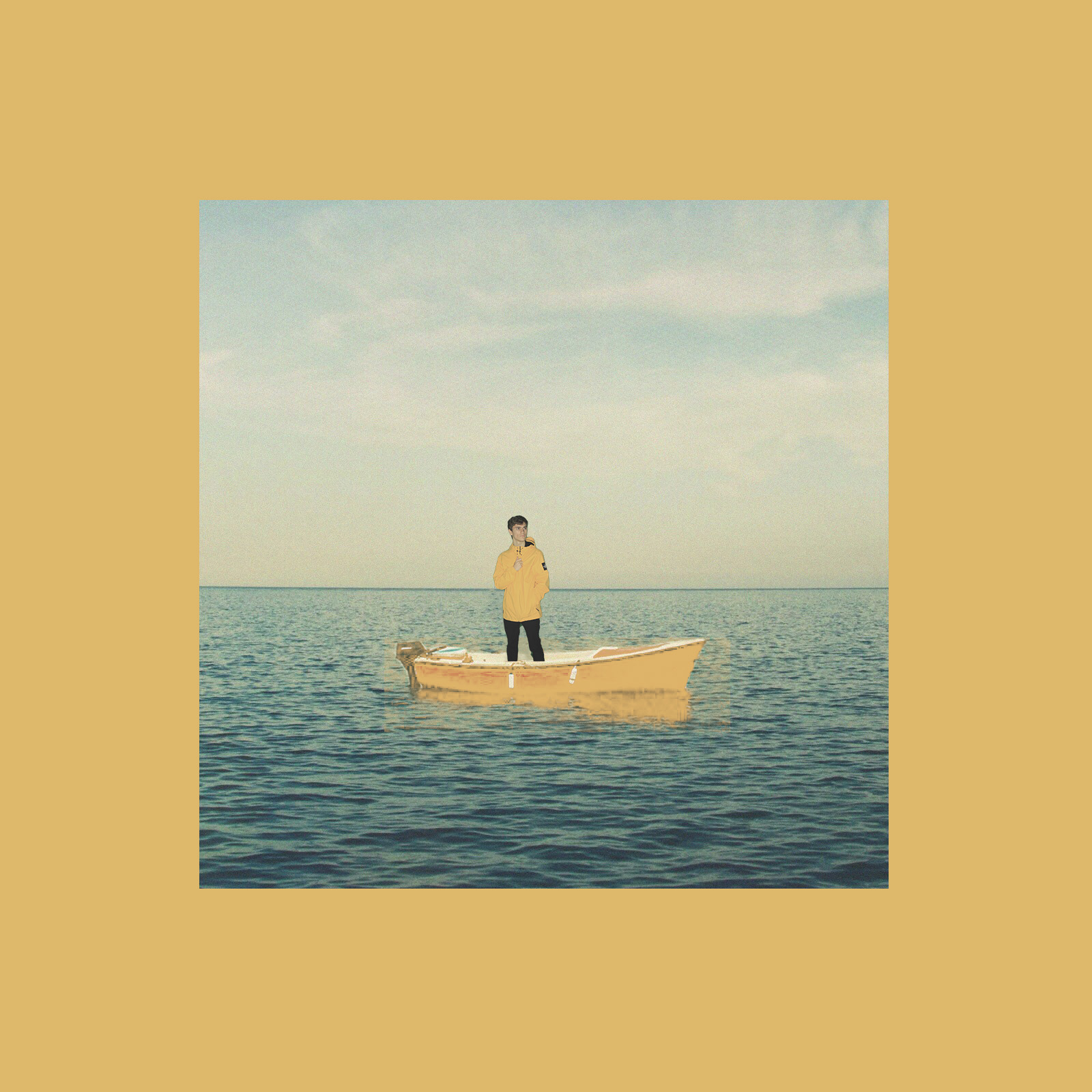
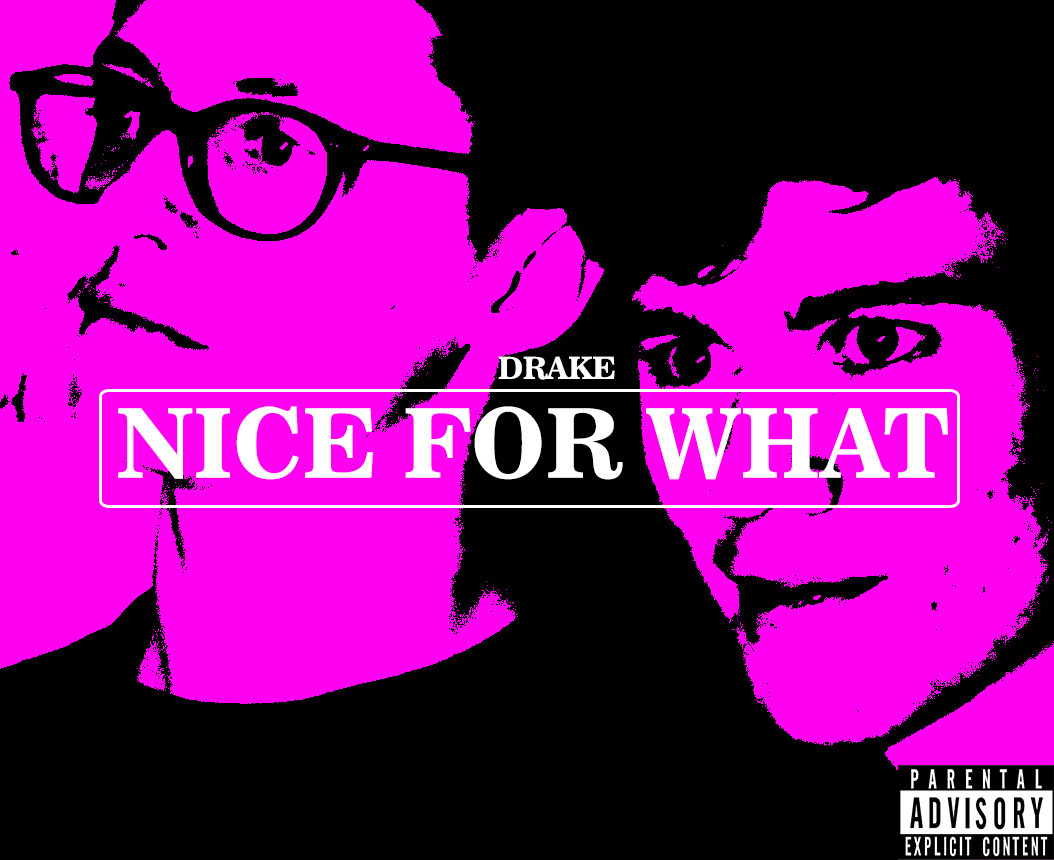
Identity photo shoot
These are my best photos from the two photo shoots which I did for Identity. I focused on personal identity and emotions, this resulted in a lot of double exposures to help portray multiple emotions in one image.
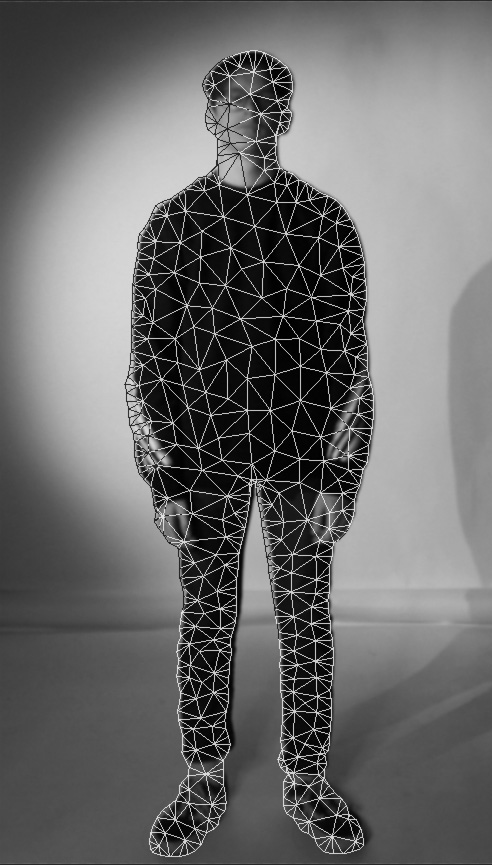
This image wasn’t actually planned, I was editing a photo of my friend Alex and I needed to align two photos so I used the puppet warp tool to do so. When you use this tool it displays triangles to show proportions across the photo, I really liked the look of these shapes so I saved this work in progress version and decided to use it. This is the photo I was editing when I accidentaly created the last one. I cropped out a second photo of my friend standing in the same spot, but in a different pose and placed it on top of the first photo. One of the photos is in black & white, whereas the other is in colour, this helps portray the different emotions in the two layers.
This is the photo I was editing when I accidentaly created the last one. I cropped out a second photo of my friend standing in the same spot, but in a different pose and placed it on top of the first photo. One of the photos is in black & white, whereas the other is in colour, this helps portray the different emotions in the two layers.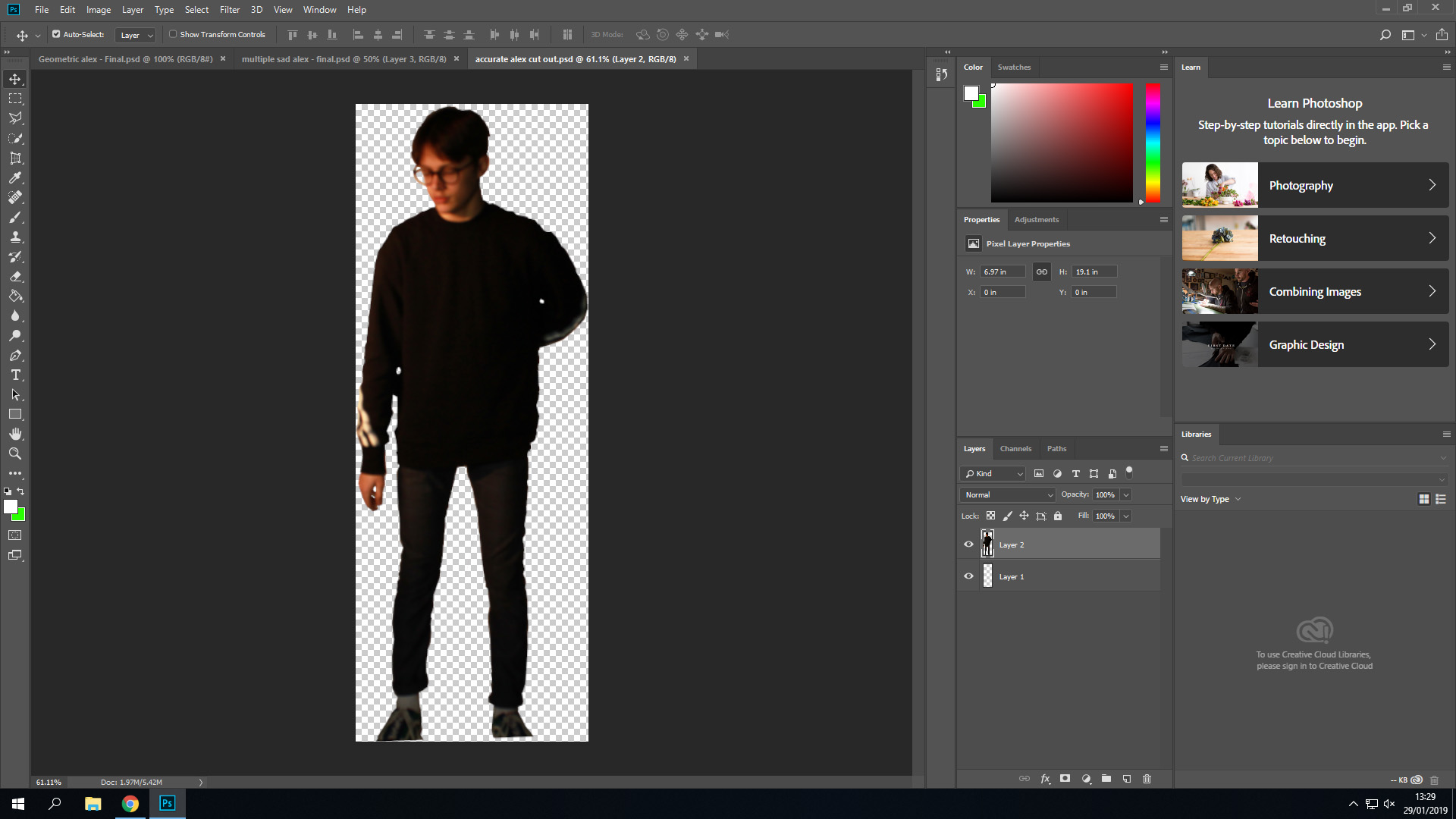 This is a work in progress screenshot of when I cropped out a picture of my friend, before pasting it on top of the other one.
This is a work in progress screenshot of when I cropped out a picture of my friend, before pasting it on top of the other one.
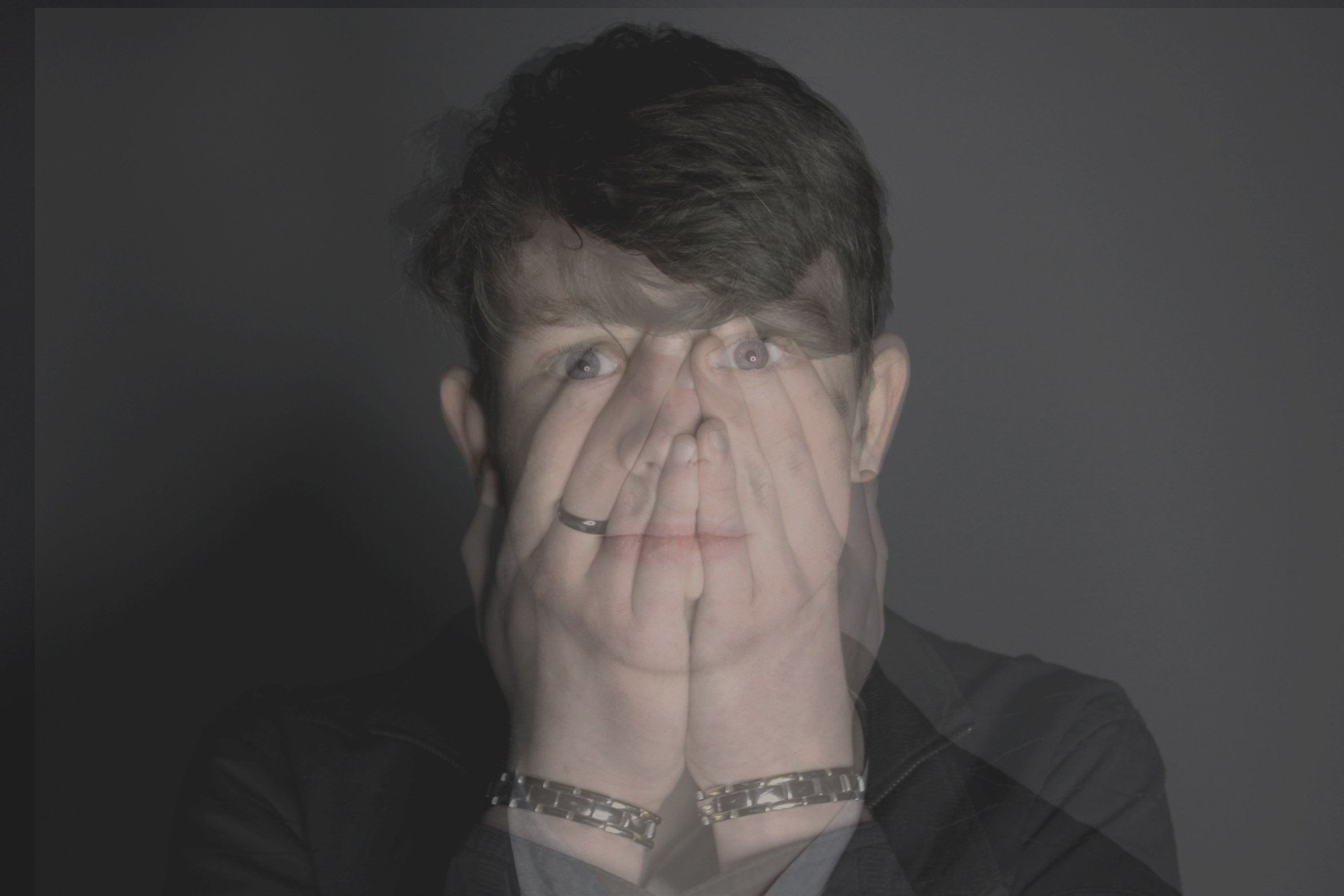 This is another multiple exposure image, I took two photos of my friend standing in the same spot. I’m not too happy with the angle of the first one as ideally I wanted it to look more vulnerable and sad, but the image still works. It shows how we hide emotions, outside we don’t show any signs, but sometimes there is a problem deeper within.
This is another multiple exposure image, I took two photos of my friend standing in the same spot. I’m not too happy with the angle of the first one as ideally I wanted it to look more vulnerable and sad, but the image still works. It shows how we hide emotions, outside we don’t show any signs, but sometimes there is a problem deeper within.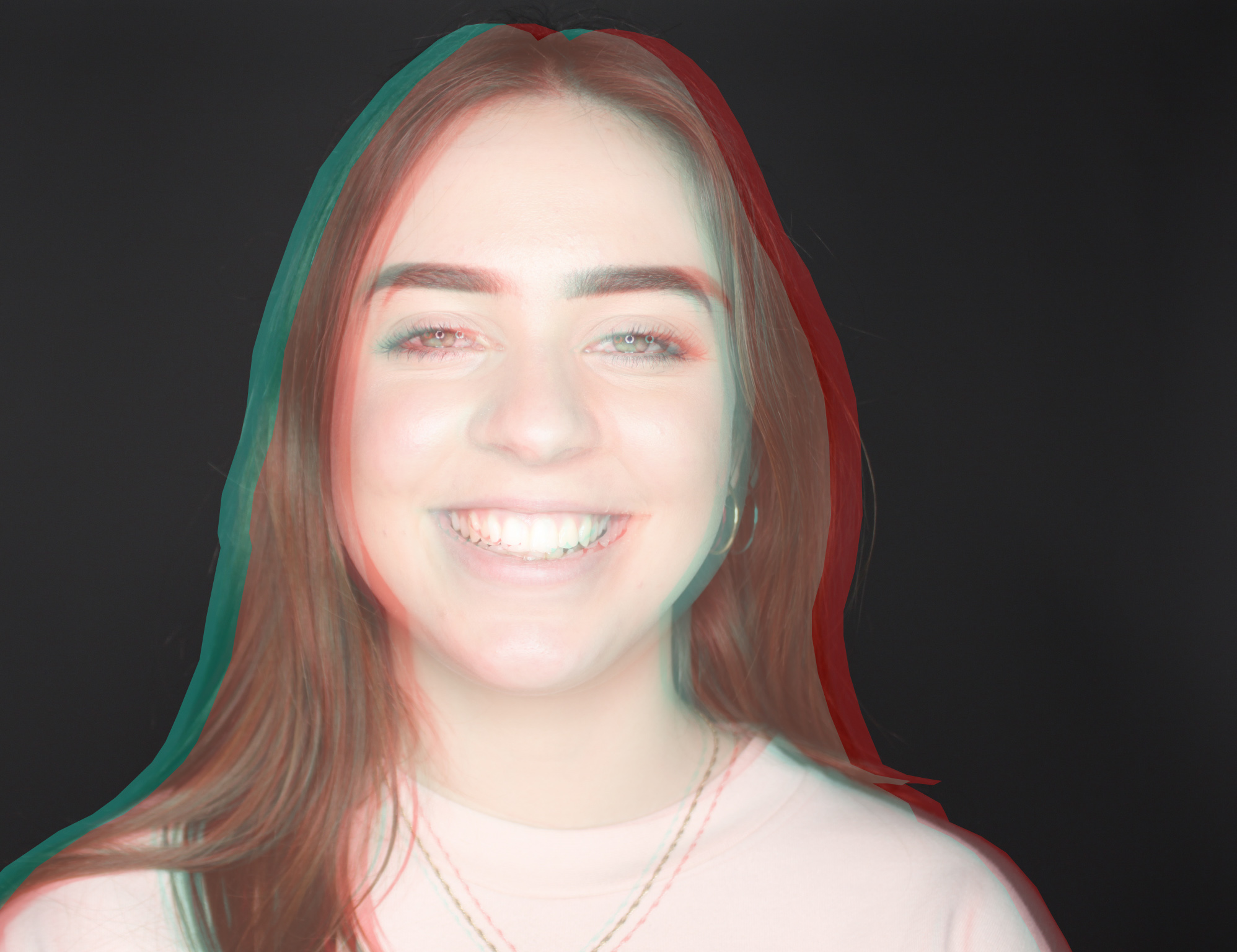 This is a lighter take on the ’emotions’ theme, its about expressing hapiness. I cropped out the outline of my friend and overlayed blue/red colours over two copies of it, them lowered their opacity and shifted them to the sides. This gives an old school 3D movie look, and it helps widen the smile and eyes, which are connoted with more hapiness.
This is a lighter take on the ’emotions’ theme, its about expressing hapiness. I cropped out the outline of my friend and overlayed blue/red colours over two copies of it, them lowered their opacity and shifted them to the sides. This gives an old school 3D movie look, and it helps widen the smile and eyes, which are connoted with more hapiness.
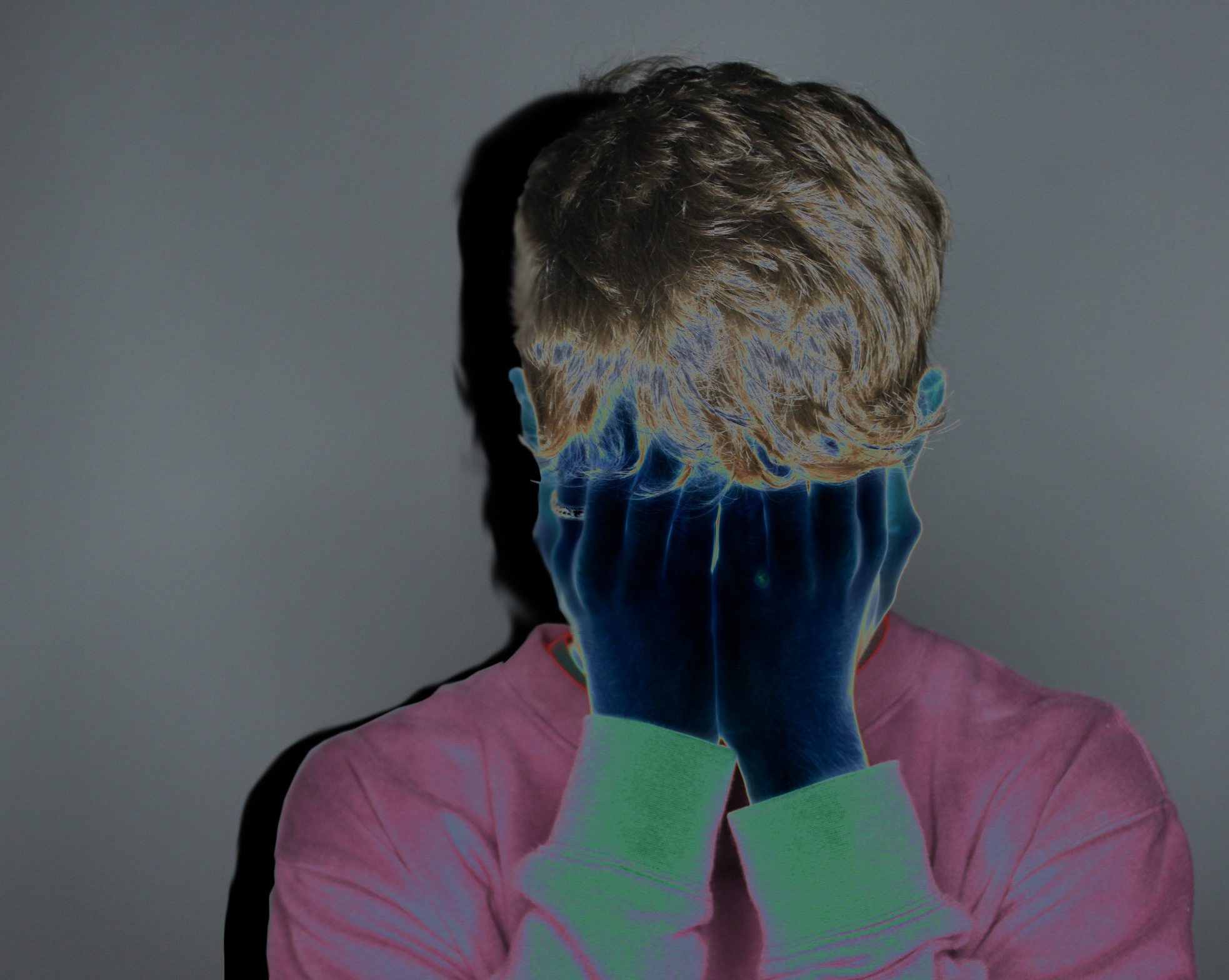 This final image is a photo I took of myself, I tried to create a similar effect to the one in image 4 on this post, but my hands were blending in with my hair too much so I solarized the photo. This helped exaggerate me holding up my head with my hands, which portrays more emotion. I also created a copy of my outline, made it black and put it a layer behind to imitate a shadow, this adds darkness into the photo, which also connotes sadness.
This final image is a photo I took of myself, I tried to create a similar effect to the one in image 4 on this post, but my hands were blending in with my hair too much so I solarized the photo. This helped exaggerate me holding up my head with my hands, which portrays more emotion. I also created a copy of my outline, made it black and put it a layer behind to imitate a shadow, this adds darkness into the photo, which also connotes sadness.
Portrait Project – Final Uploaded Images
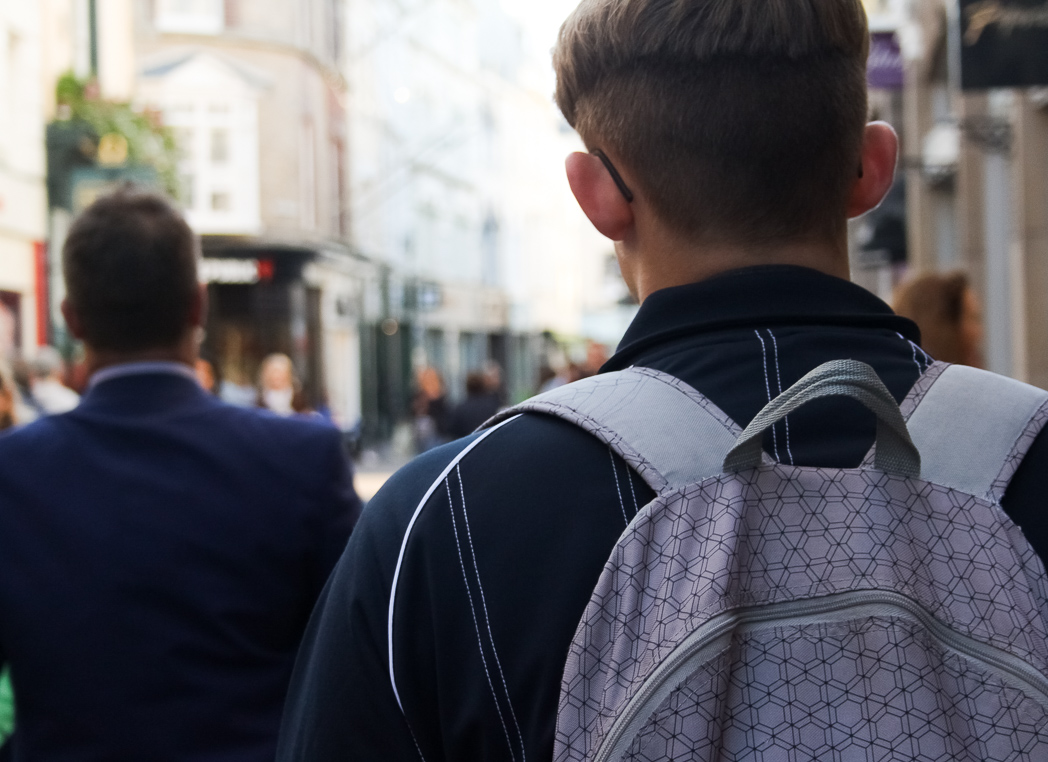

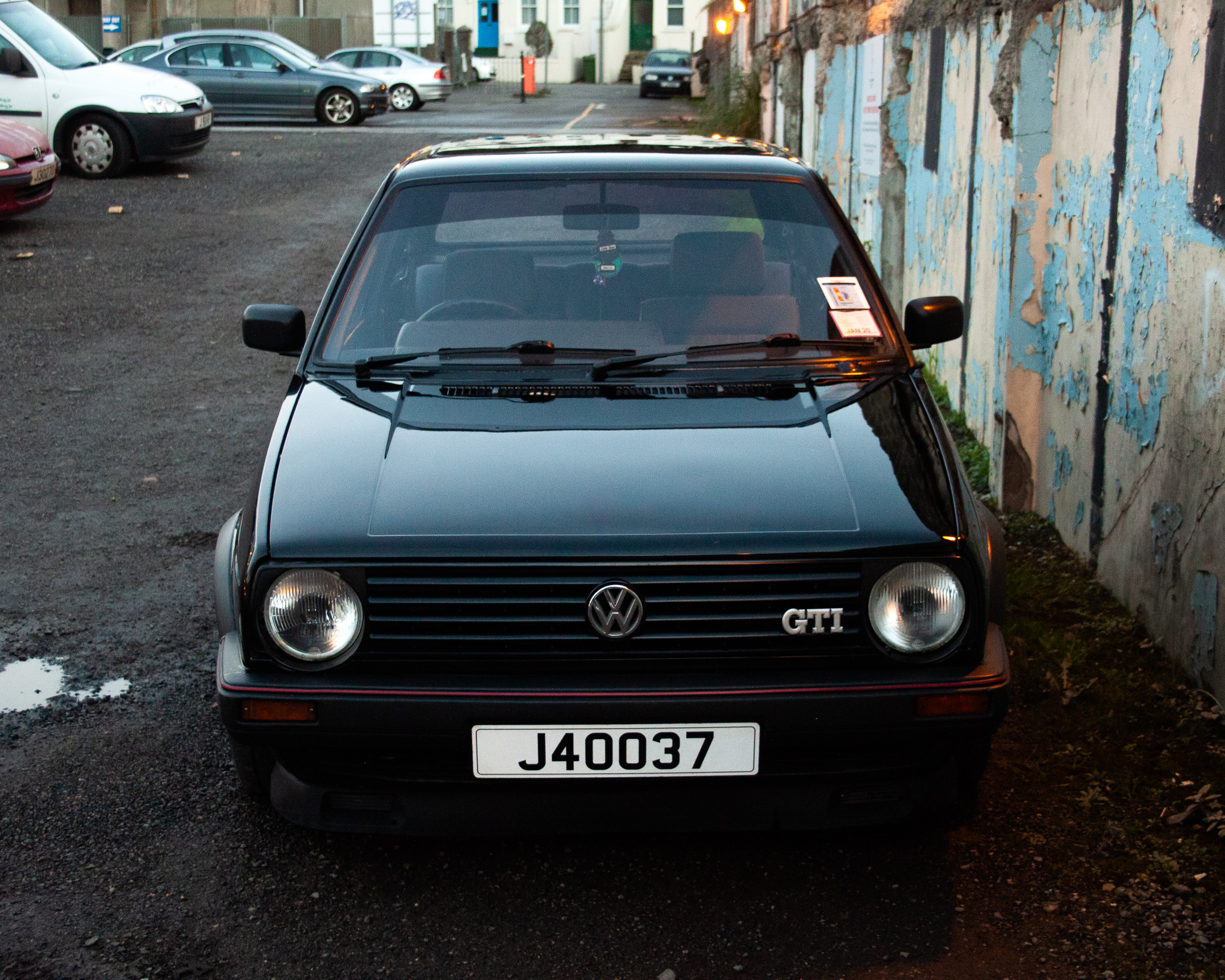
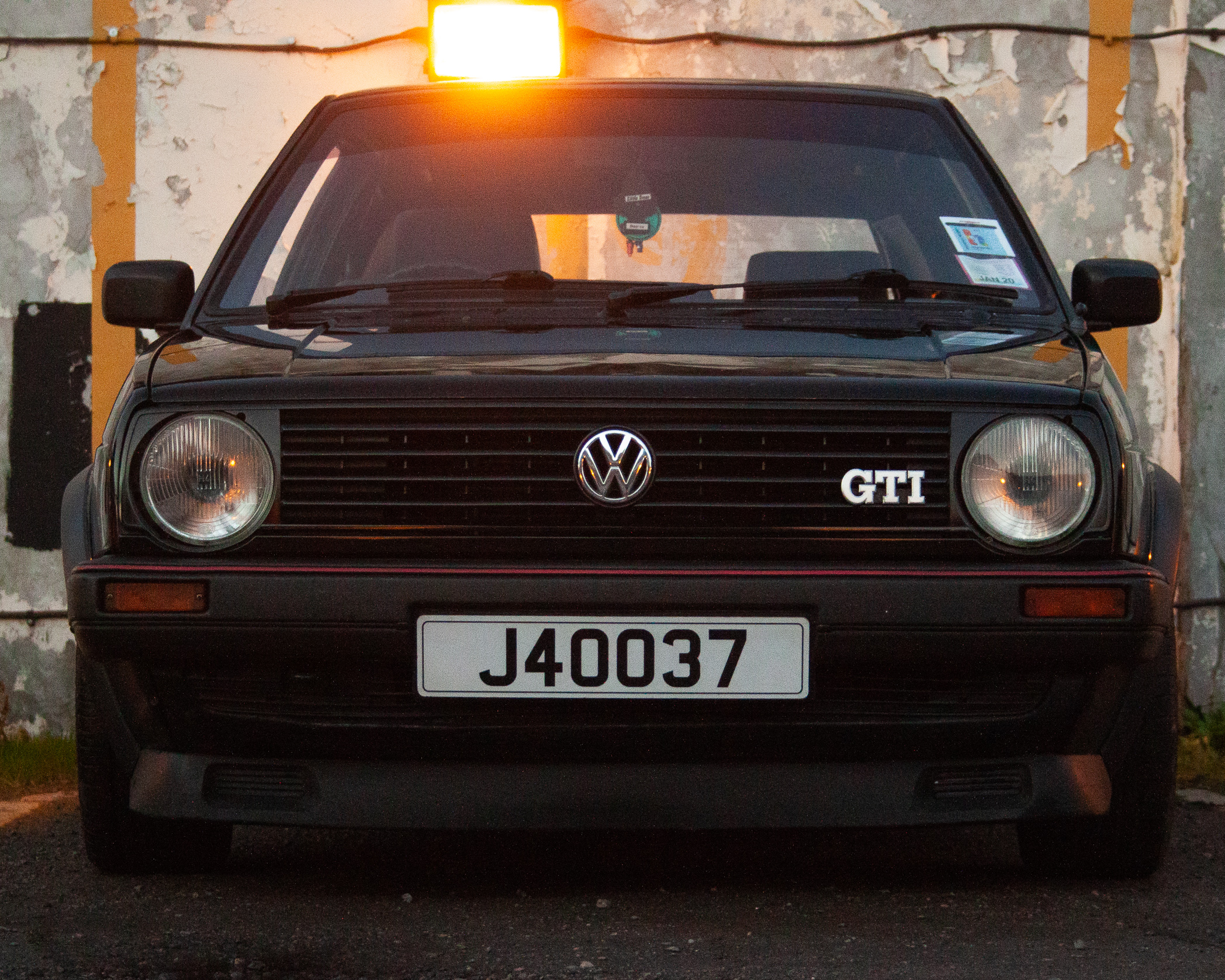
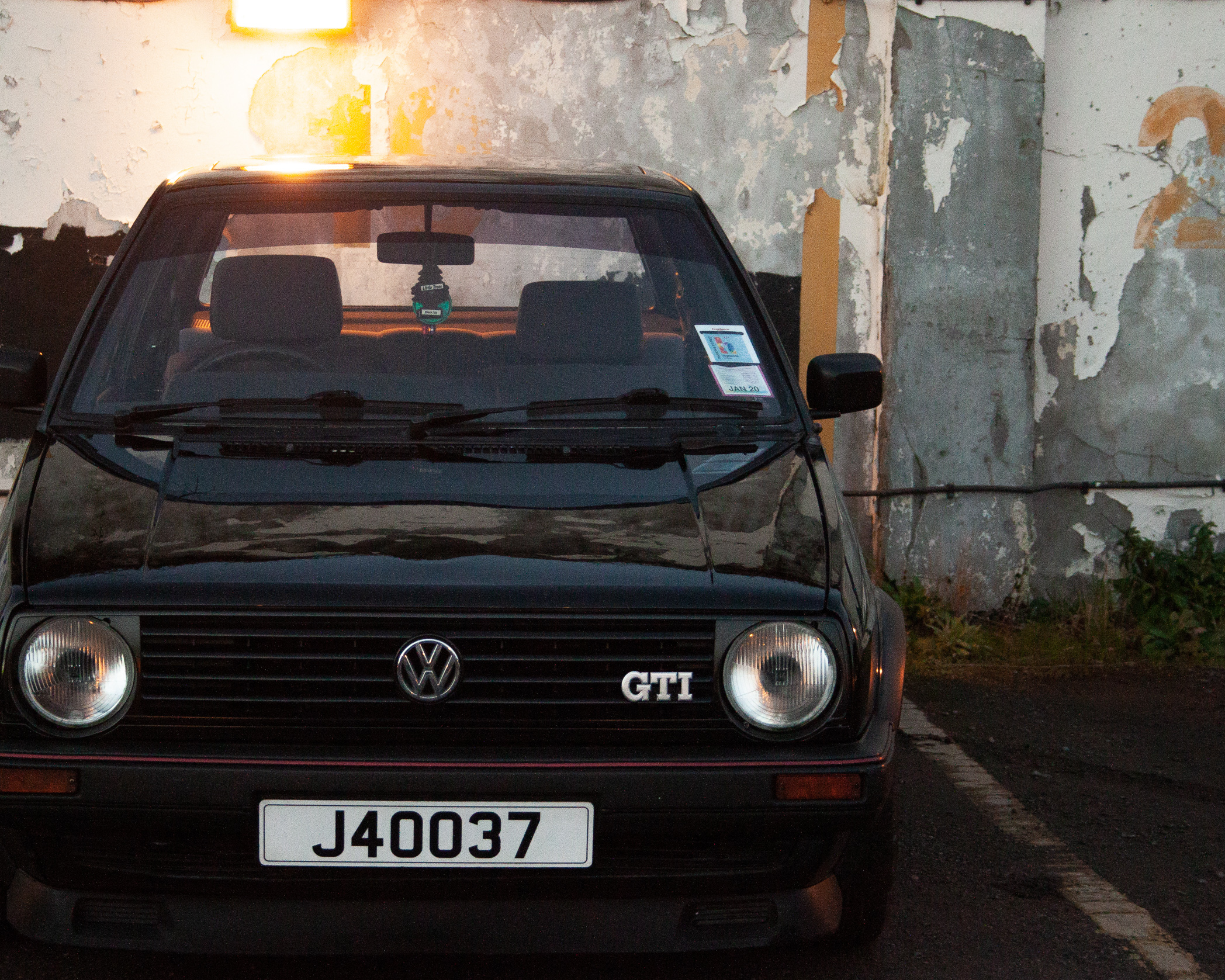
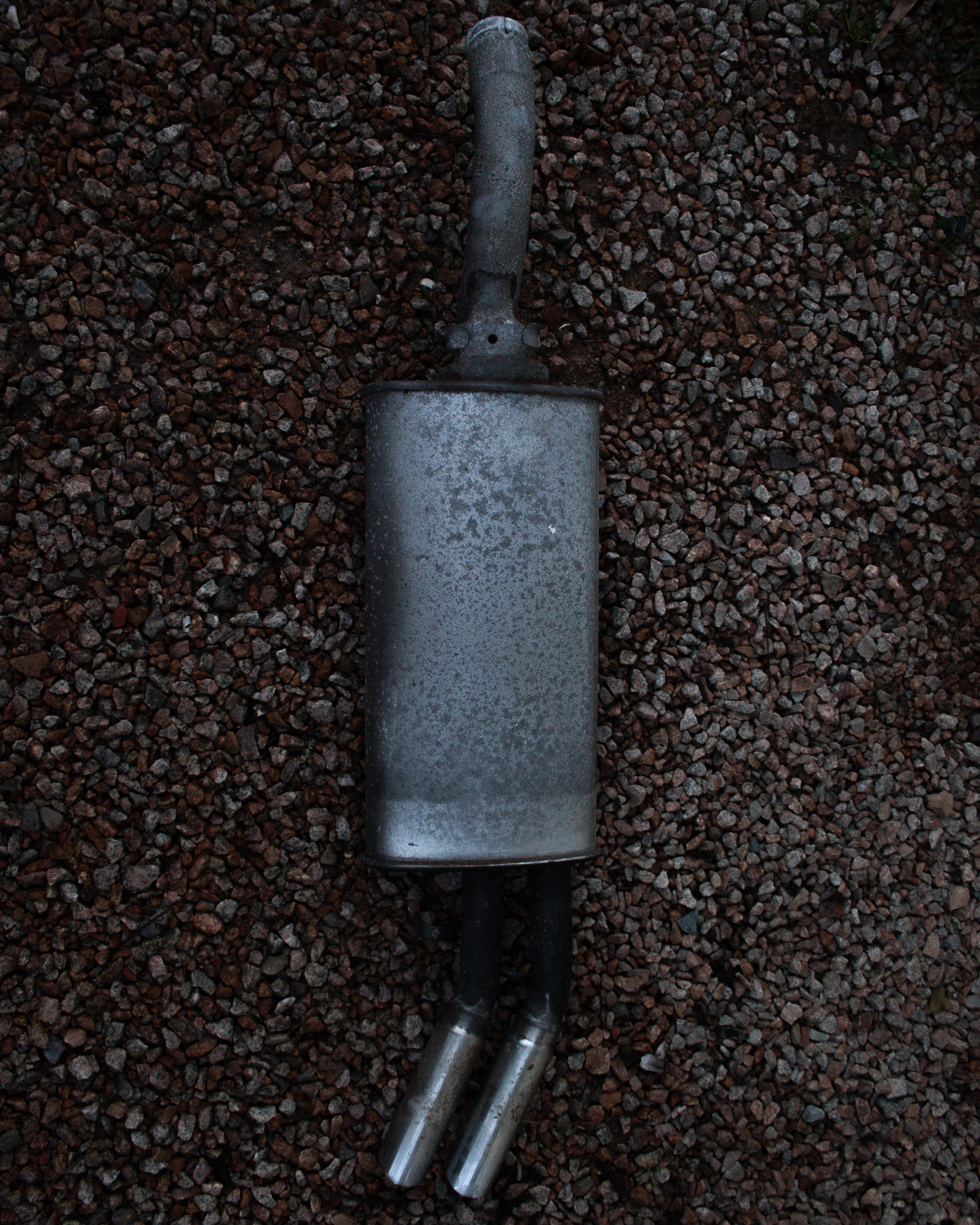
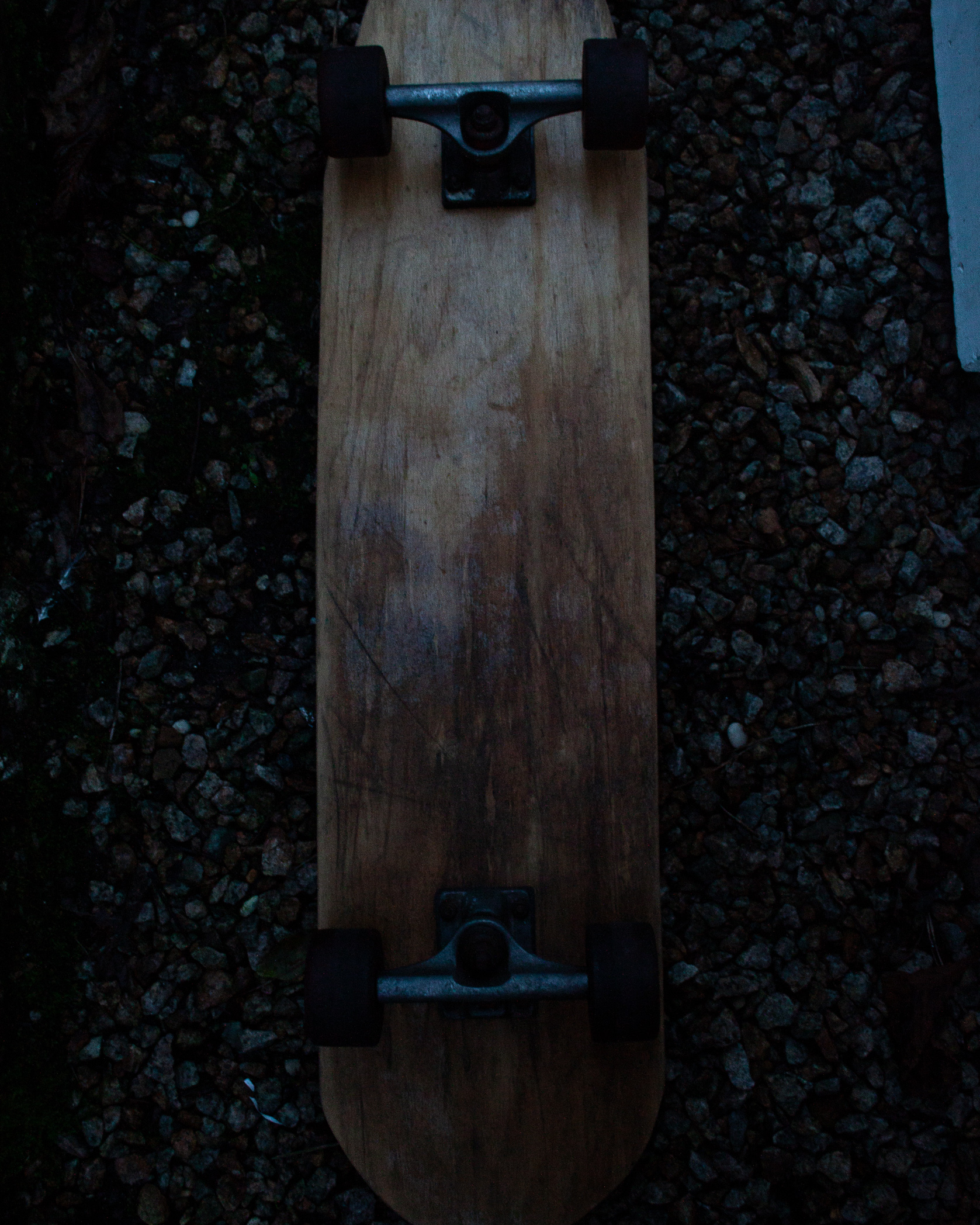

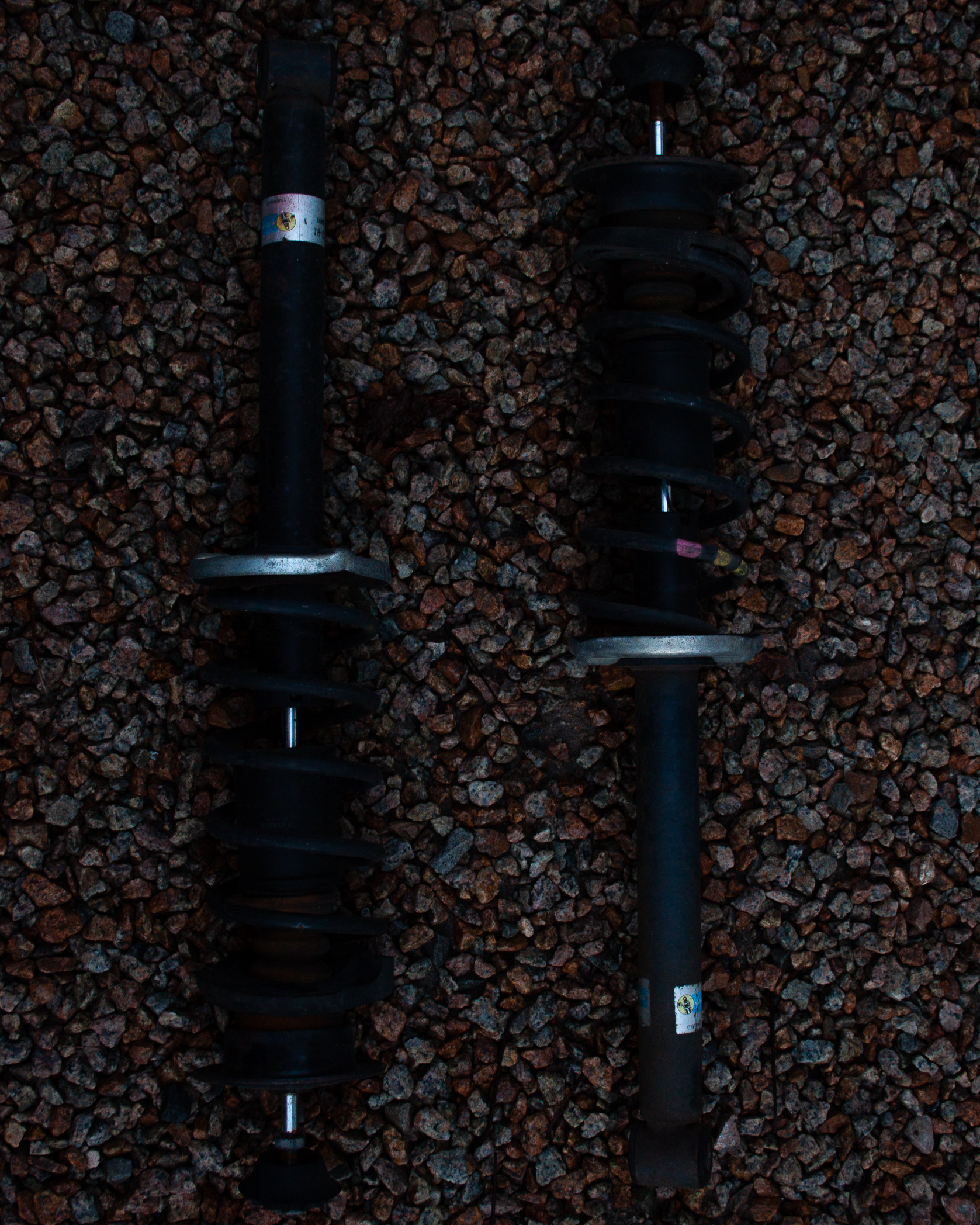
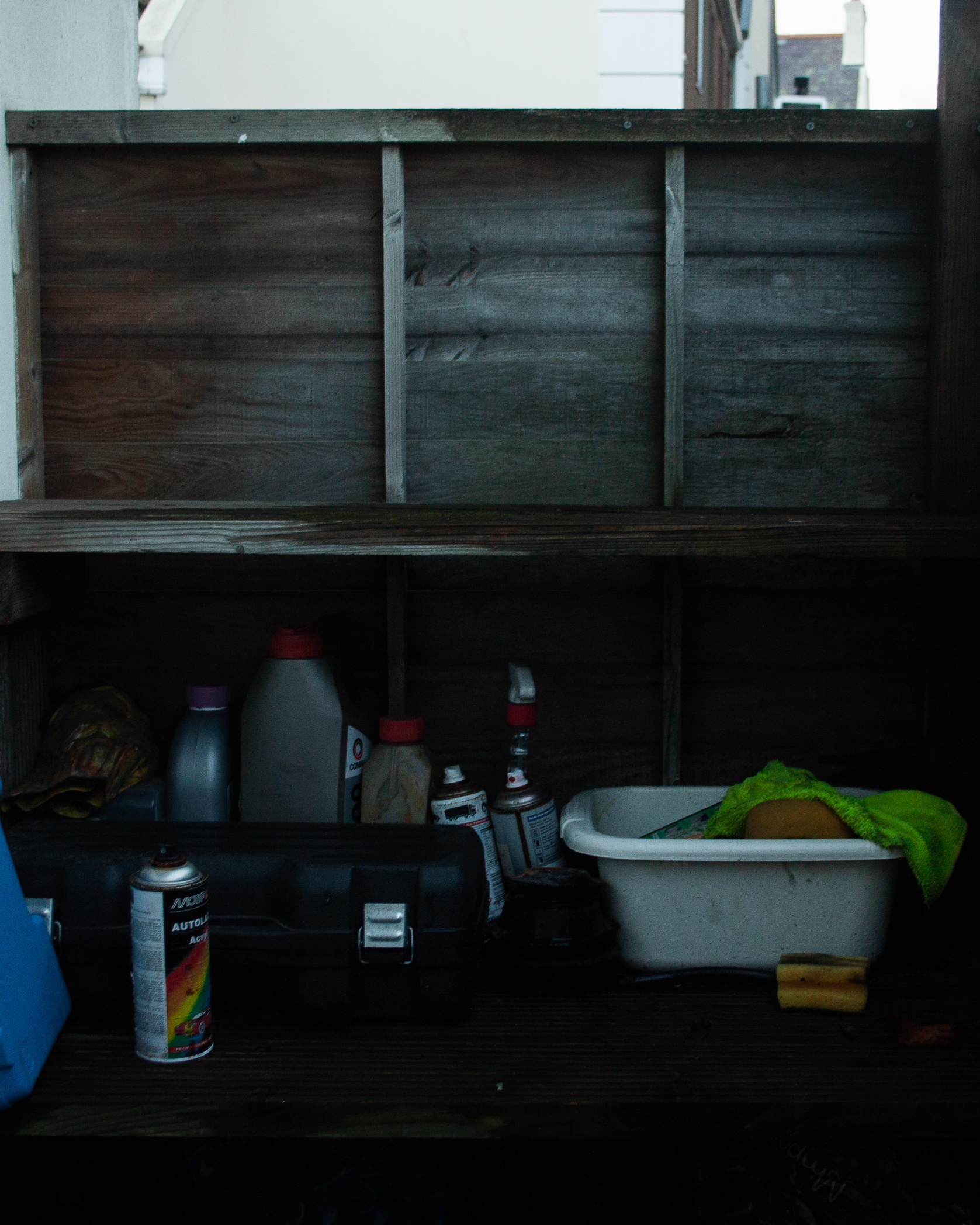
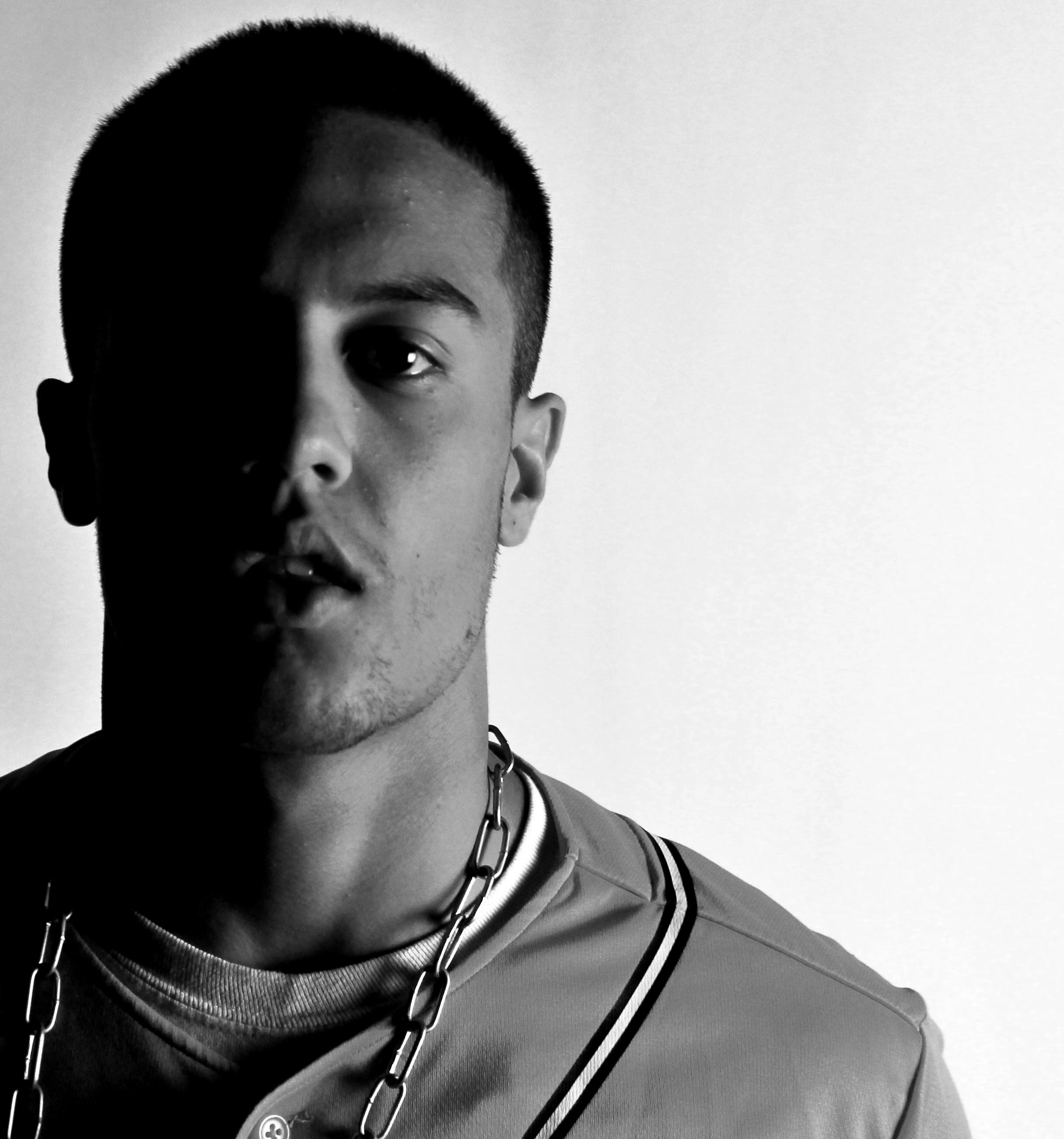
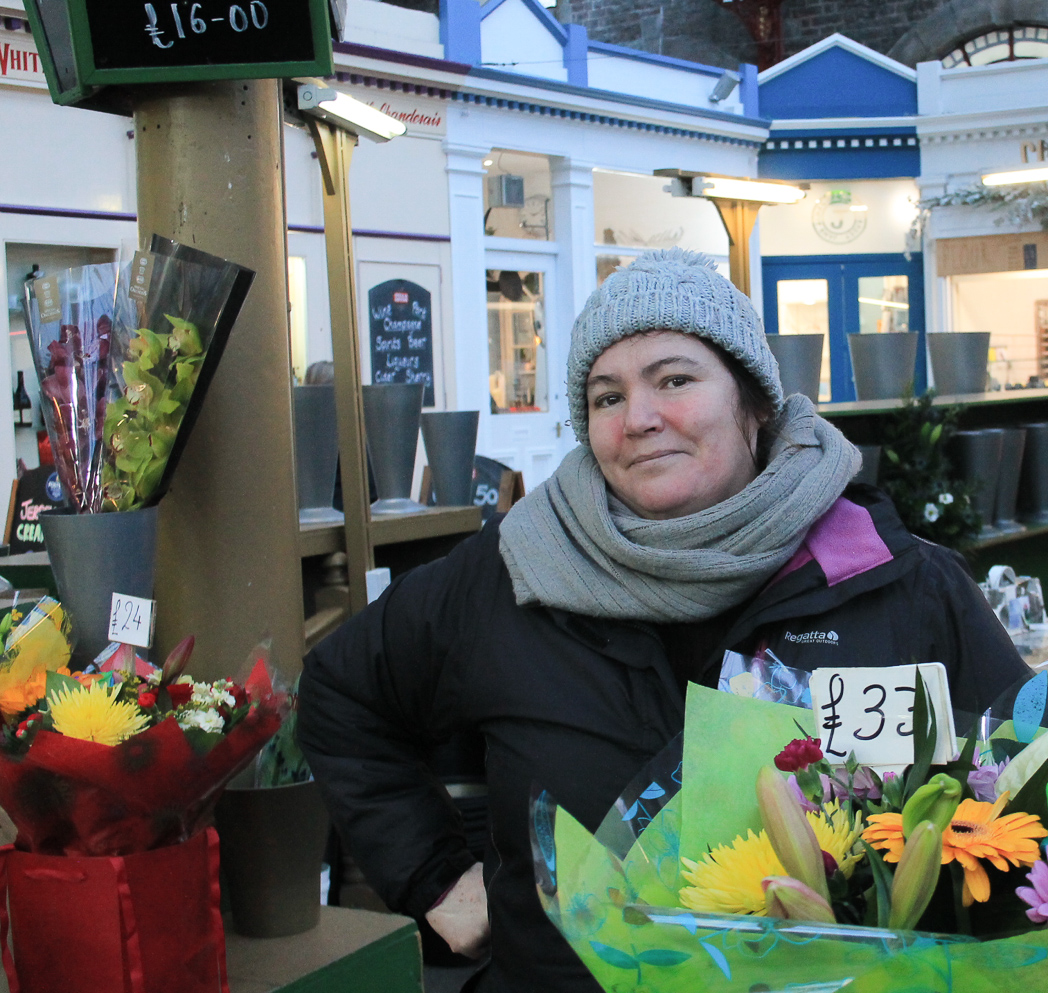
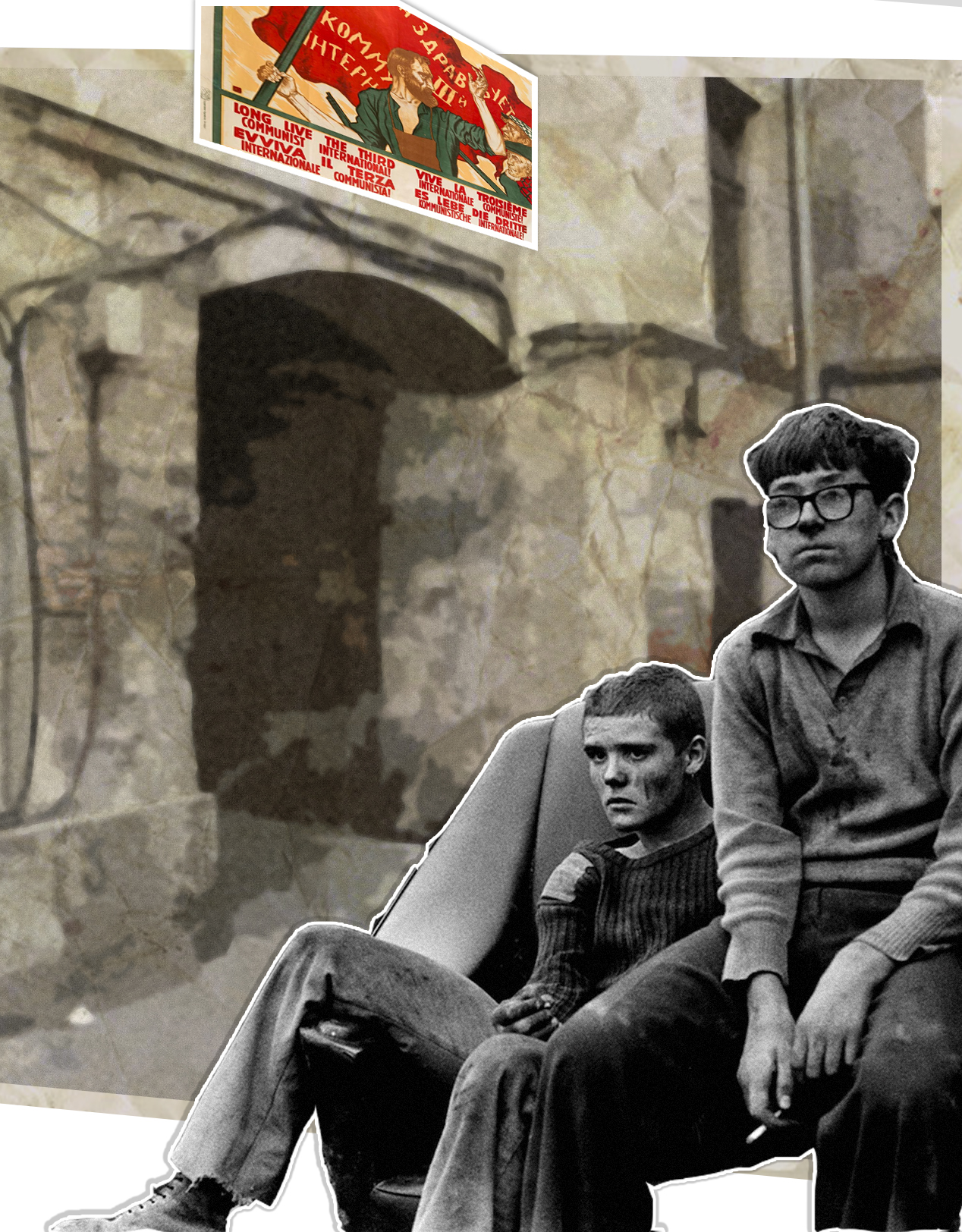
My Final Outcome:Separated By Four-Mock:Identity and Place
My final photos were heavily influenced my Barbara Peacocks-American Bedroom. I wanted to create a series of photos of people in their bedrooms in order to link to the mock exams theme of identity (the person) and place (their bedroom). I wanted to empathizes how people use their bedroom as a place to express their self, but I also wanted to tie in the theme of lack of identity by blurring out facial features. I wanted the bedrooms not the peoples faces to be able to describe the person, as I believe that we dress to impress, but our bedrooms are where we show our real self. I want the viewer of my photos to be able to construct an idea of the person through the materialistic items that are in their room or on them. Nowadays we hold such value to materialistic goods, I feel that our personalities are created round the things we own, e.g our clothes and houses. For instance people with a room with very little furniture in it, shows signs of poverty or show signs of a minimalist life. Or someone with very little to no portraits in their room shows signs of loneliness or lack of family, rooms tell a lot about a person.
NC:
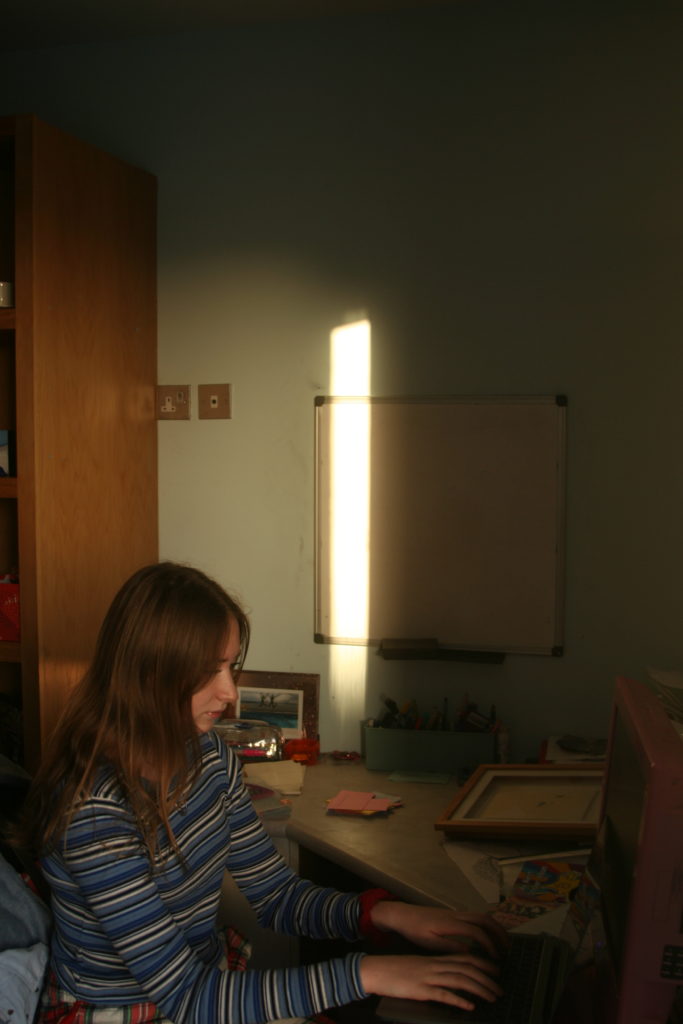
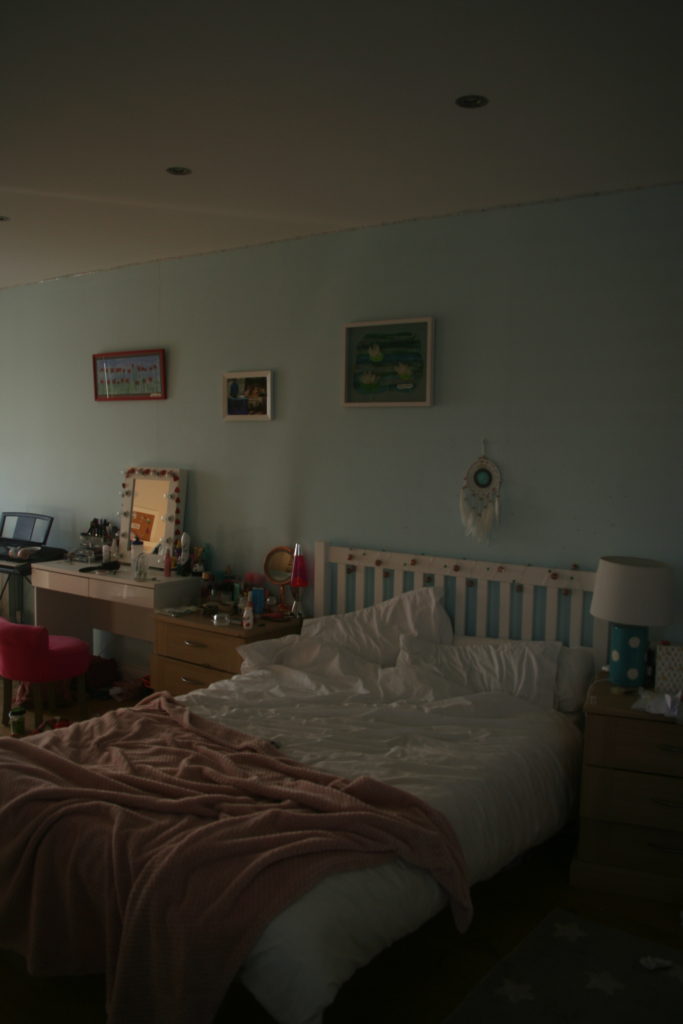
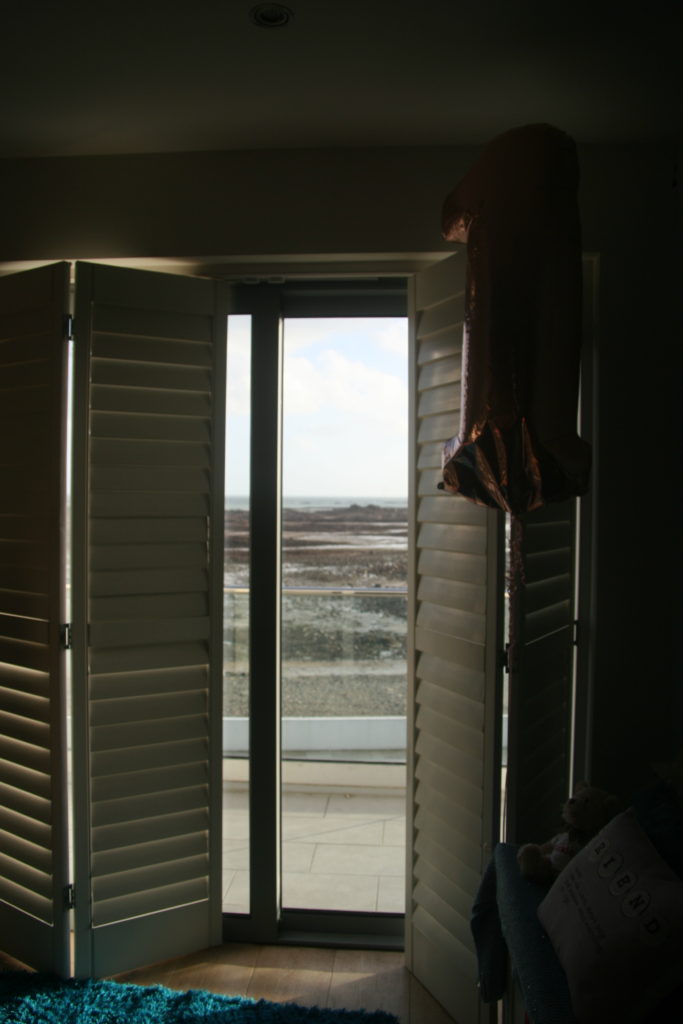


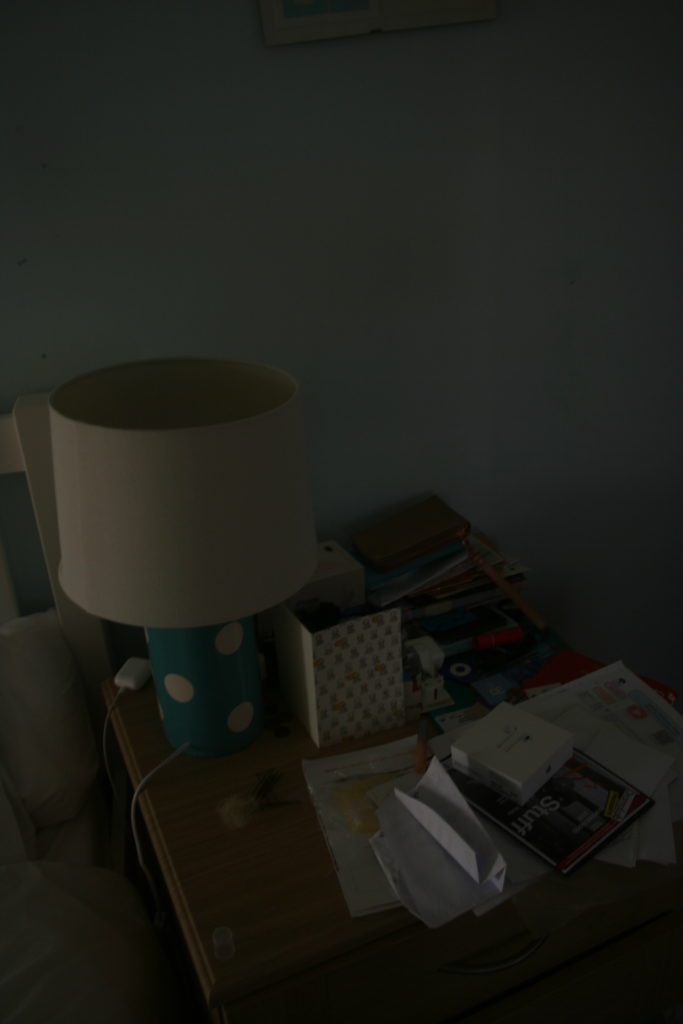
I took pictures of 3 different peoples rooms over the build up to the exam and these are the images that turned out the best and I chose to use them in my final pieces. I created a porfolio for each persons room, including a picture of them in their room and several items in their room. I wanted to home in on personal touches that people put in their rooms such as the art work, family photos, toys, laptops, lego, all these create an idea of the person thats room it is. I kept my pictures in colour as I wanted to show the raw and natural beauty of peoples bedrooms and how they reflect our inner and true self, in our room we are free from judgement, we don’t have be afraid of being laughed at or social rejection. When in public most people experience social desirablilty bias and they live to only be accepted by others and not by themselves, their rooms are a place to escape this feeling to fit in and to be black and white, they can be as colourful and as different as they want. In my concept plan I talked about Goffman’s concept of ‘The Representation of The Self in Everyday Life’ and how he believes we have a ‘front’ and a ‘back’ self. From these final pieces I represent both of these self’s as I have a picture of the person, which is the ‘front’ self the one that the public sees and their room acts as their ‘back’ self, the one they conceal from the public eye.
TB:

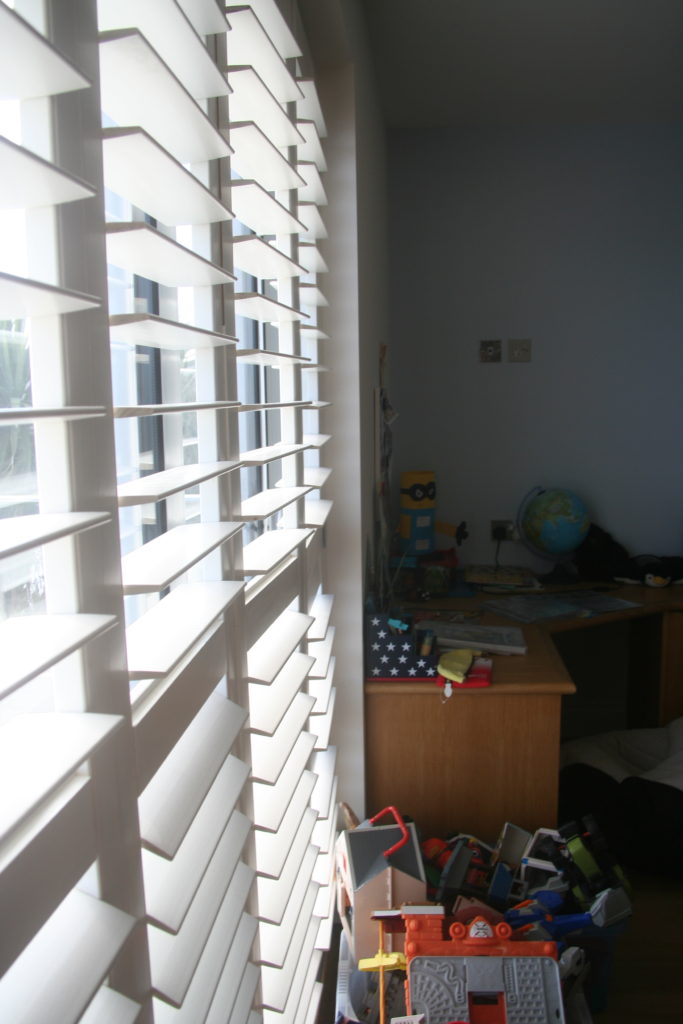
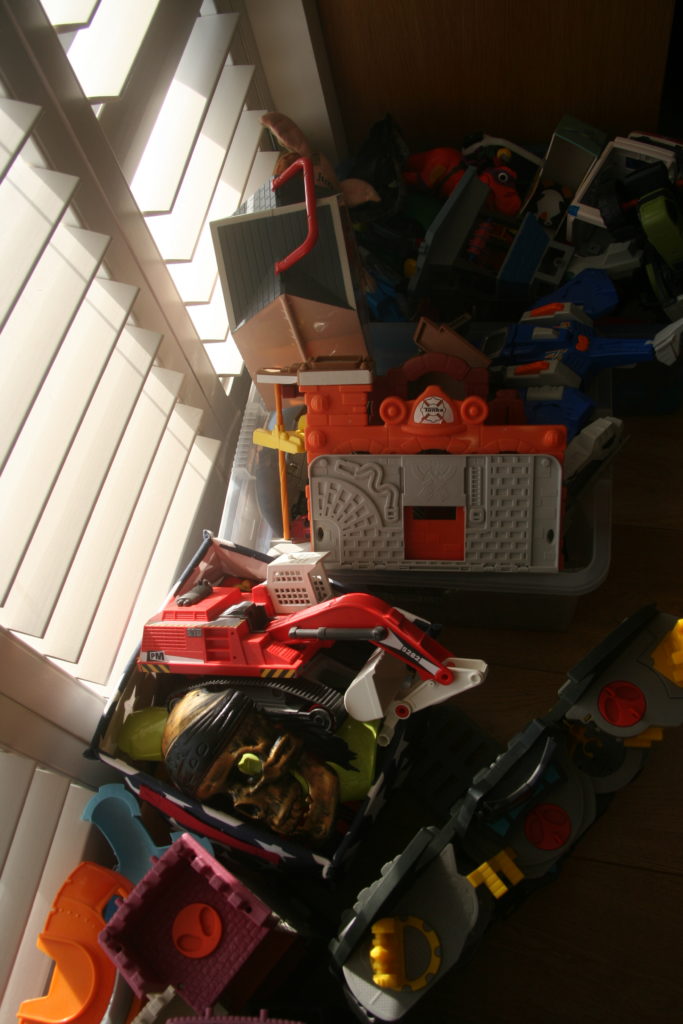
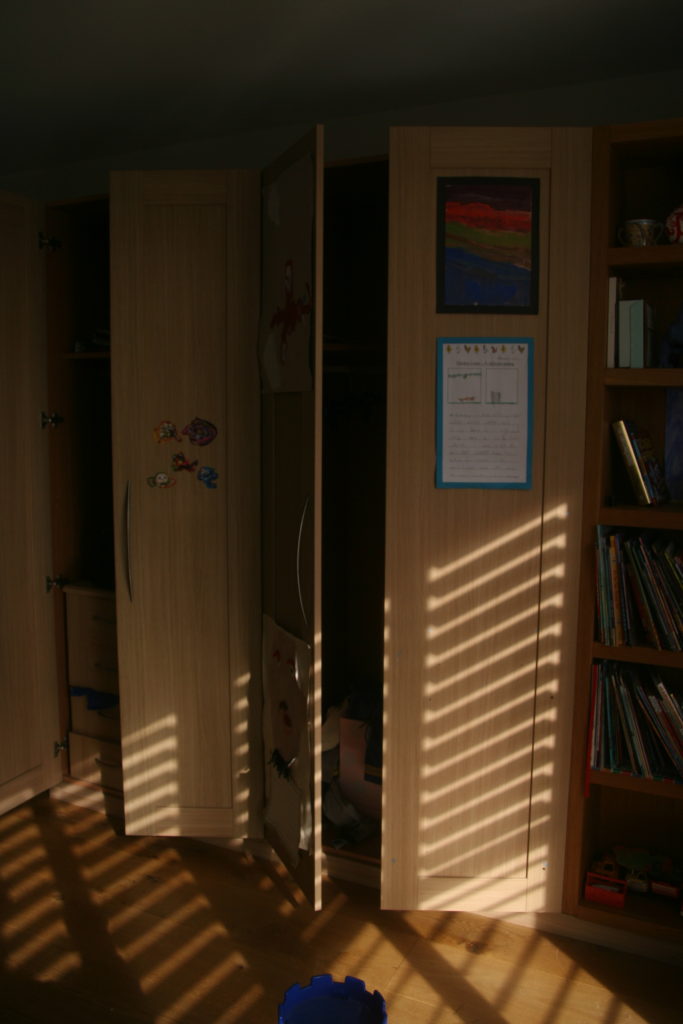
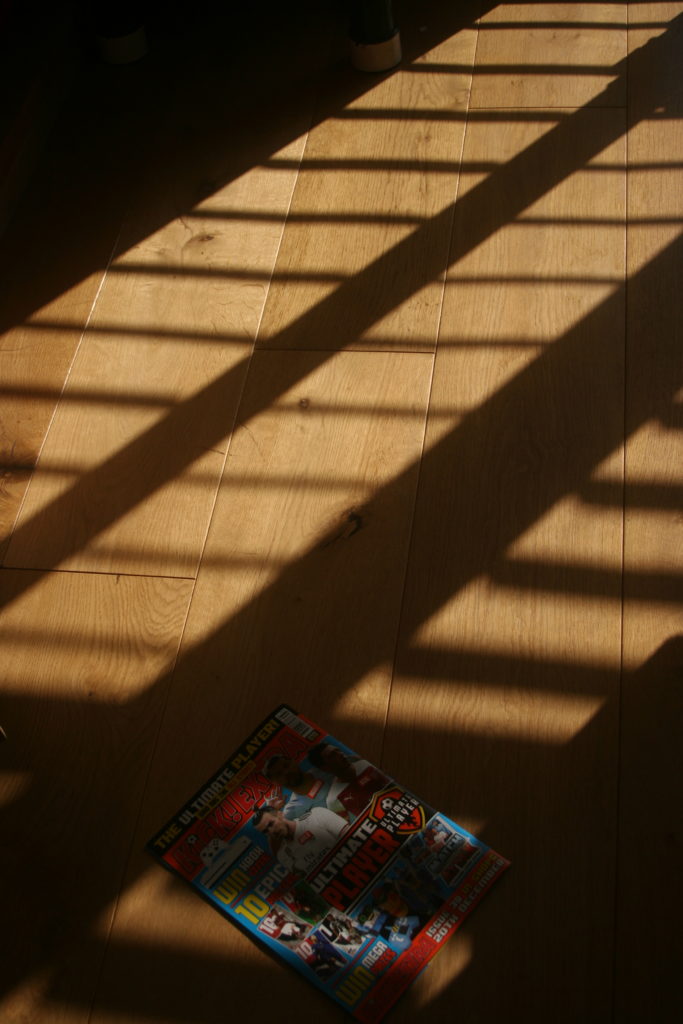
Once my picture have been printed I am going to mount and frame them on black card. In between each image there will be a border of black card this represents the strcuture of a house and how we hide behind these four walls, it’s where we feel safe. I wanted to express how walls (the black lines between each photo) are the only thing in a house that separate us from each other and empathizes how close we all are from each others true self, just a wall away. Similarly to Peacock’s work, mine has focus on colour and identity, we both focus on the vibrant colours of peoples room and the things they put in them to make them personal to their own identity, whether it’s in America or Jersey we still are all human and all have a private place that is special to us. As well as that I focused on creating a narrative for the person but without speech, simply through images of their rooms. For instance the Peacock photo I analysed created a story of a lonely alcoholic who is addicted to nicotine and works in construction. Similarly my pictures tell a story, for example in my first set of photos their are items such as make up, electronics, a mirror, a dressing room table. From this information, without seeing the picture of the person, you can gather that they are a young women as they are interested in making themselves look pretty and they have the latest techonology.
LB:
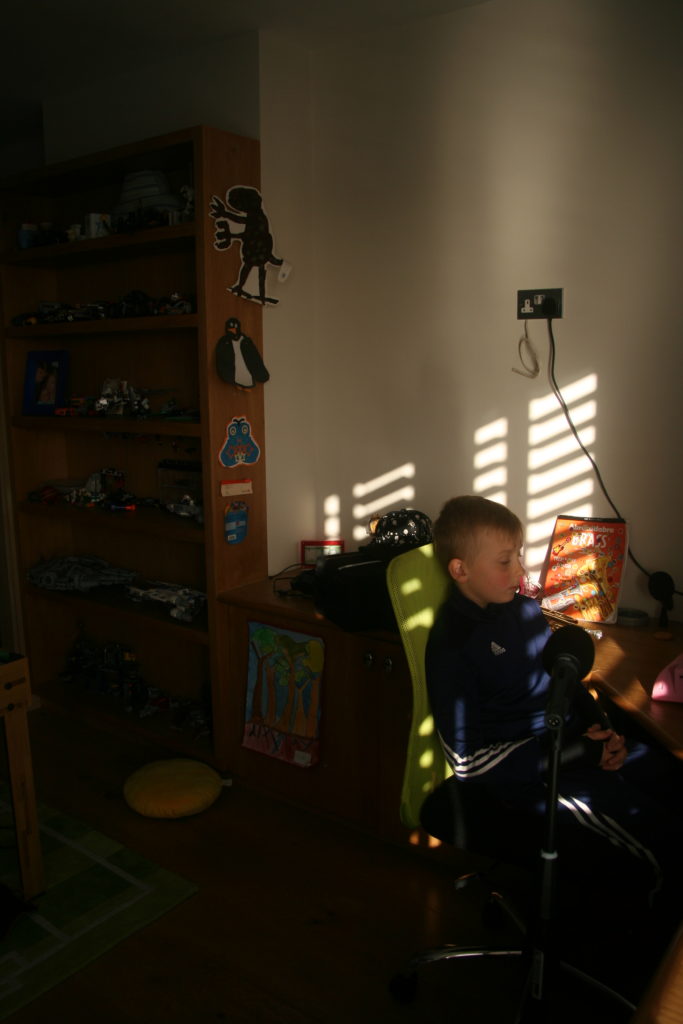
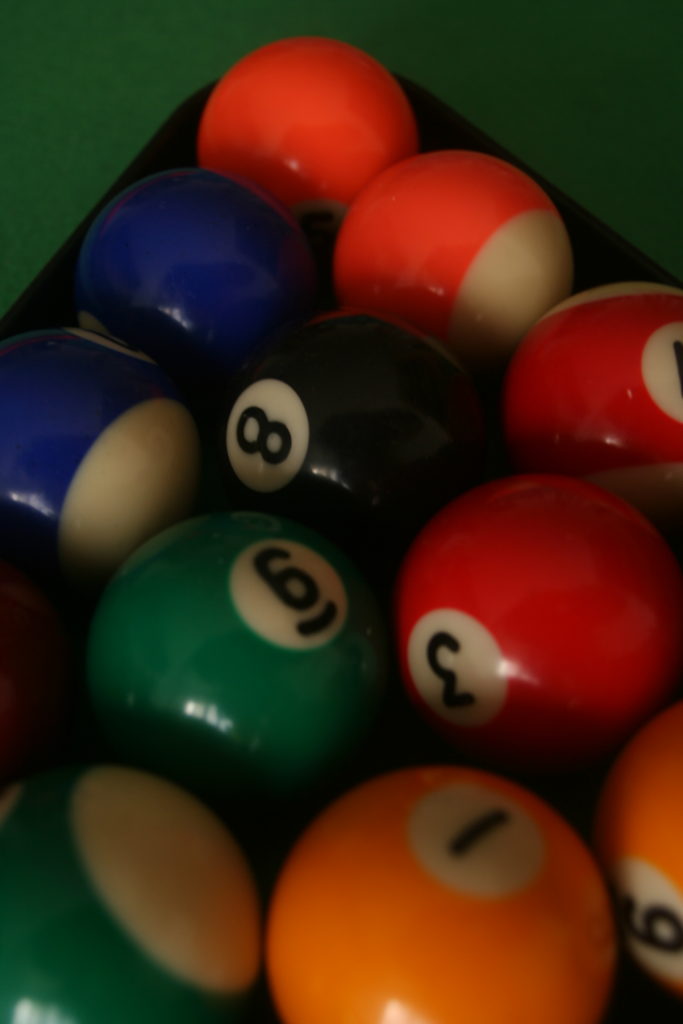

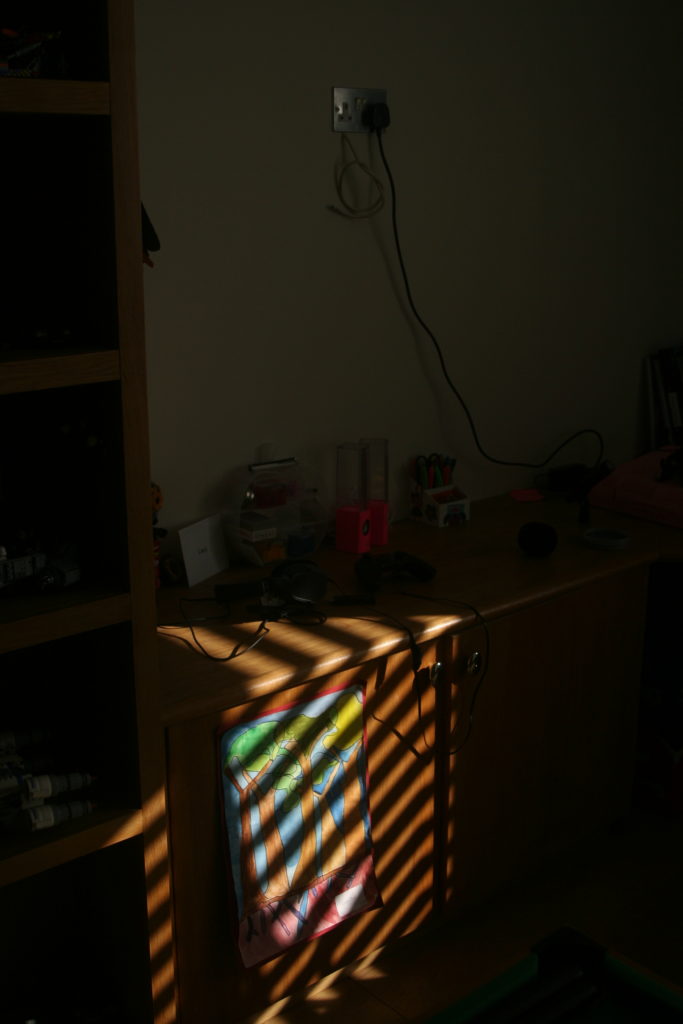

Project Evaluation – Portrait Photography + Loss of Identity
Portrait Project – Evaluation
To evaluate the portrait project I believe that I have been able to develop my technical camera skills and my skills on Photoshop due to the different approaches of portraiture I studied. The project started off with me looking at Environmental portraits, which allowed me to focus on implementing context and concepts (Gender Roles in Society) into my images. It allowed me to think before I capture, as I had to decide whether the portrait I am capturing is conceptually showing what I envisioned. This photo shoot developed my skills as I am more aware of how I can always add conceptual and contextual factors to my images. After looking at this style of photography I moved on to look at Henri Cartier-Bresson, who looked at street photography. Conducting a photo shoot in the style of Bresson, was nerve racking and allowed me to step out of comfort zone, as capturing strangers on the street is scary, as you are unsure what reaction you may get. In this photo shoot I developed the skill of adjusting your camera settings quickly in order to capture the people in the street, without them walking off. Afterwards, I looked at studio lighting, which allowed me to explore and experiment with different lighting techniques. Within this shoot I learnt what : One Point Lighting, Two Point Lighting, Three Point Lighting, Ring Lighting, Warm/Cold Lighting, Intensity of the Light and Lighting Rig (On Ceiling). I experimented with all these styles of lighting in order to get an understanding of different affects, for example chiaroscuro. Due to the different lighting styles, it allowed me to experiment more with the way I edited my photographs, all the edited images I always attempted to make them as if they are ready to be placed into a magazine. In contrast to artificial lighting, I then looked at natural lighting and how reflectors can be used to light up the whole of the model. Within this shoot I produced some strong images, however it did allow me to focus on my camera settings. I mainly looked at depth of field and white balance, this shoot allowed me to use these setting more confidently. Next, I looked at tableaux photography and how a still image can present a story. In this I looked at a contextual piece and recreated it, as it again allowed me to develop my confidence in attempting to implement contextual factors into my photographs. After that, I looked at the show Wicked, and how could create images inspired by the show but still create a story within the still image. In this I developed my confidence in adding conceptual factor into my photographs, making me more aware and attentive to what I am photographing. I then looked at photo-montage, which allowed me to explore and develop my skills in Photoshop. In this I used photographs which have already been taken from previous photo shoots, and used the different tools in Photoshop and other images to produce an overall image. I looked at two aspects within photo-montage dadaism and surrealism allowing me to explore these two different approaches. The Photoshop skills I acquired was, using different tools to cut out segments of the model, being able to combine and implement image and text and being able to add effects to layers of the image in order to make the cut outs stand out. I feel that the broad approach to portrait photography has allowed me to explore different portraiture techniques. Overall, I have been able to produce strong outcomes towards the style of photography and have made clear links towards my work and the artists work.
Loss of Identity – Evaluation
Moving on to looking at identity, I decided to go down the route of loss of identity. The portrait project nicely linked into this project. I was able to use the different skills I acquired from the portrait project and used them within identity. Only having three weeks to explore this theme, I believe I managed to achieve a lot. I started off by looking at the different types of identities, but felt loss of identity best suited my style of photography. I started off by looking at Lorna Simpson who photographed their model without capturing the face, which inspired my first photo shoot. This photo shoot allowed me to use my creativity, as I had to come up with different ways of taking a picture of a model whilst disguising their face. This also allowed me to ‘play around’ with the camera settings as I explored making the photograph darker and lighter via the shutter speed and ISO. I also looked at Saul Stienberg who introduced me to the concept of mask photography. I was able to explore different ways of using a mask to disguise and hide the identity of my model. This allowed me to use Photoshop skills when editing, as I looked at being able to use the hue/saturation tool to make the image naturally lighter and darker. As time was short I was unable to research more case studies, which limited my understanding and research into loss of identity. However, I did manage to conduct more Photoshop edits with left over images from the portrait project. In this I was able to use different tools in Photoshop, such as the different filters, the paint tool and the spot healing tool. Due to these Photoshop edits I managed to broaden my understanding of Photoshop and showed further experimentation towards this small project. Overall, I believe I have been able to manage a lot in the short time frame I have had to complete this mini project. I have been able to produce and edit some strong photographs which had clear links towards the theme of loss of identity.
Evaluating my final outcomes, I believe that I have chosen strong responses which showcase my understanding towards that style of photography. Each photograph also shows my camera skills which I have developed as well as my different Photoshop skills. I am very happy with all the outcomes I have produced and displayed as it has clear links to the theme of the project/photo shoot they were taken from.
Final Displays and Evaluation and Critique
Overall throughout the project I feel I have tried to explore each different type of portrait well and to my best, such as studio, tableaux and environmental. I feel that trying out and experimenting will all the different ways and styles of taking these portrait has been able to lead me to the point of my final outcomes well and has produced a lot of ideas and my pictures have developed throughout. Overall I feel my final outcomes came out in a way that I wanted them to and can be linked back to my photographers such as Philip-Lorca diCorcia.
One thing that I struggled with over the project was working with my camera specifically in getting my photographs to be in focus. This is something which I eventually had to work into my final outcomes and try to play for the ones which became slightly out of focus. Although this was a struggle I feel some of my camera skills have developed throughout the project and this could be seen in certain photographs such as some of the studio portraits or the environmental portraits.
Over this portrait project I feel my development and my experimentation with the styles of pictures I have been taking have been better than the last in Abstract and I feel this has helped me move forward with my development.
For my overall final piece I feel it finished as something I was happy with however could have been made better in certain ways, the quality and clarity of the photographs could have been better and I feel lets the images down slightly, although I did try to work this in by having all of my photographs edited and finished in the same way so that they all still had some fluidity. During the process I came across issues when working with the pain pens and this then cause the words and the outlines on the photographs to not come out as well as I’d hoped, if I was to do this again I would possibly try experiment with doing the lines on photo-shop as to eliminate this issue that came about. Overall I am happy with the way that I displayed my photographs as I feel it is effective and works well to show the trio of photographs that I have produced.
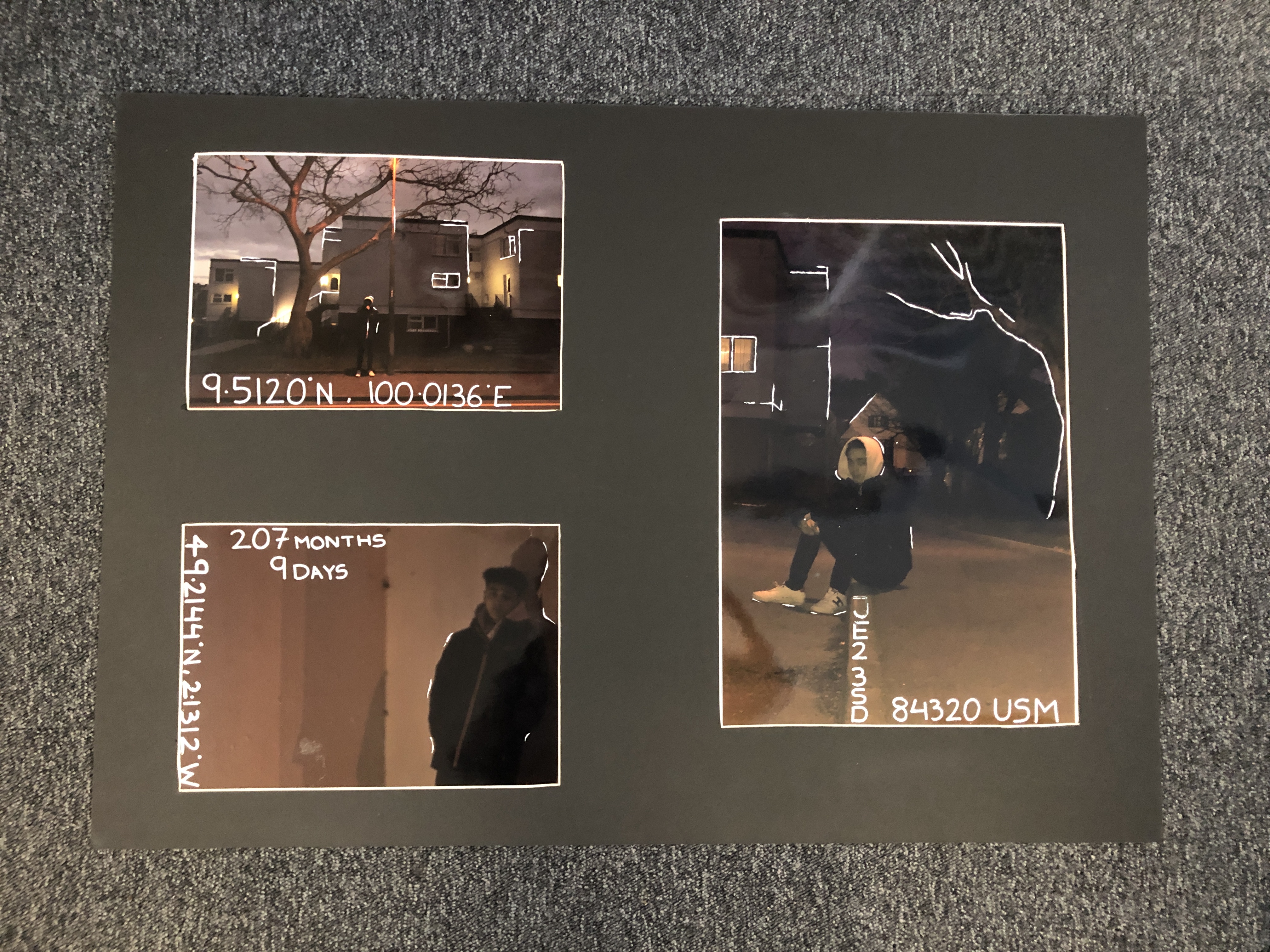
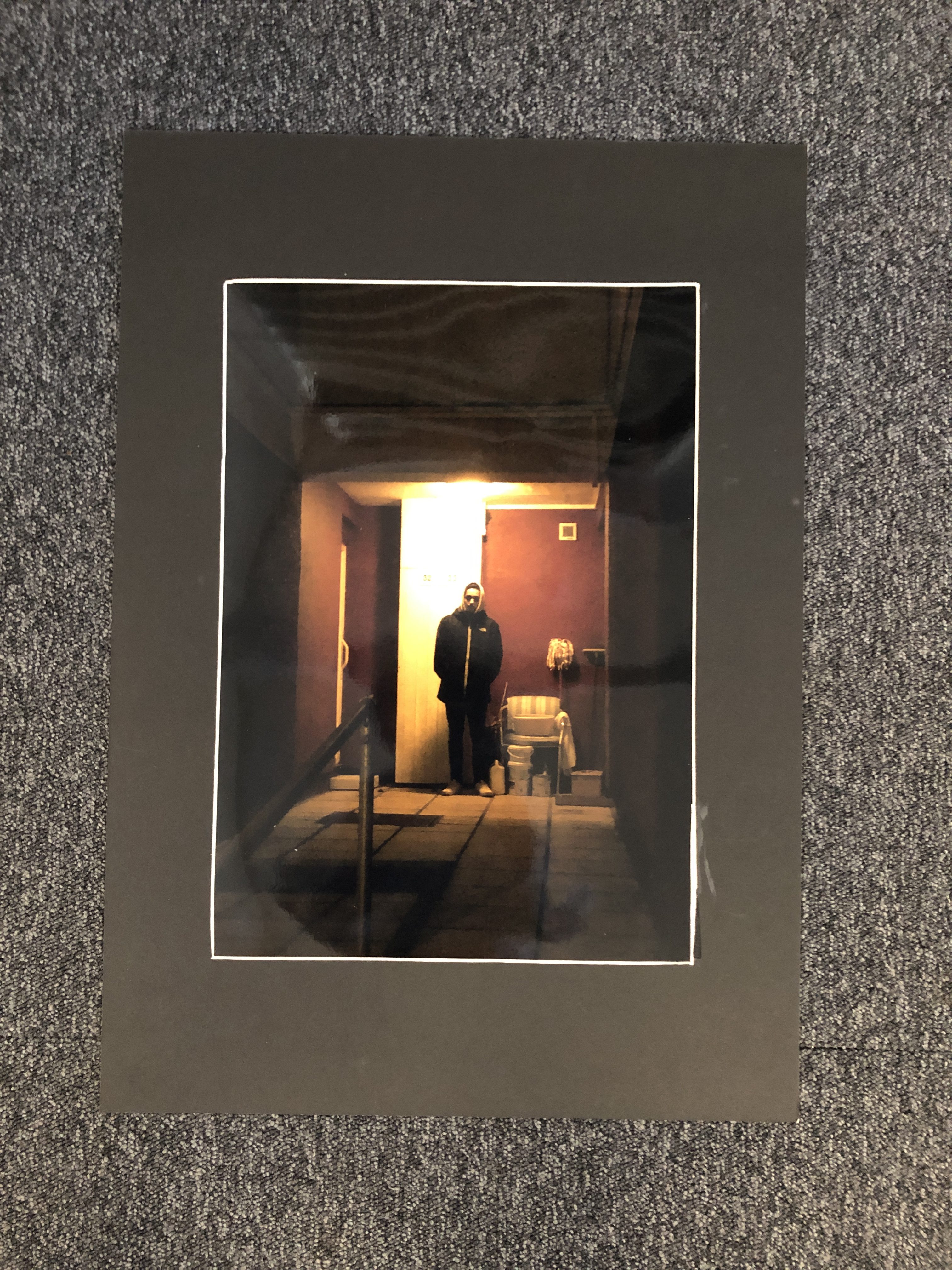
Identity – Mihaela Ivanova
The last photographer I will be looking at is Mahaela Ivanova.
Mihaela Ivanova is a Bulgarian photographer who experiments with simple conceptual shots and black and white series. The works below focus on the concept of identity, with the subject holding a part of a portrait of a different person, whether it be the eyes or the mouth, in front of their own face, hiding their identity.
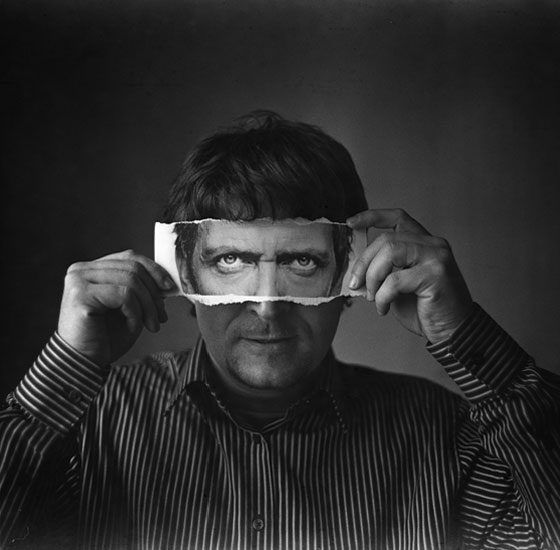

Contact sheet:
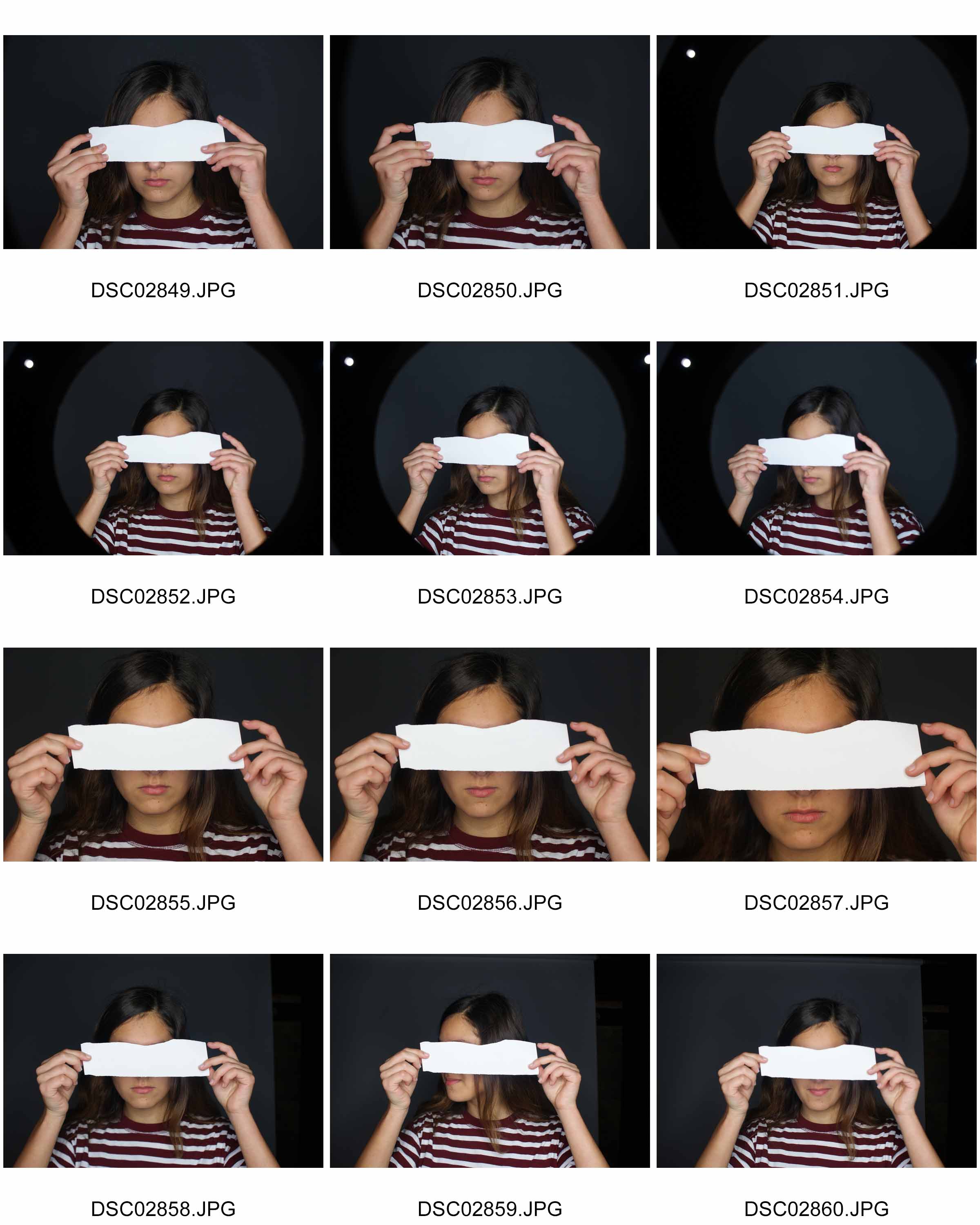
In the pictures I took, since I wasn’t able to get a picture of another person’s face in time for the photo shoot, I instead used a blank piece of paper for the subject to hold over her eyes, and will be photo shopping another person’s face into that piece of paper to create the look of Mihaela Ivanova’s work. I told the subject to look directly into the camera with the ripped piece of paper over her eyes to get the right pose, which resulted in these photos.
Chosen edited picture:

How I did it:

I started off by choosing an image which I could use, it being this one.

I then went and chose a picture of myself and copied half of my face, and then pasted it onto the picture where the stirp of paper would be. I then reduced the opacity and erased the excess image around the strip of paper. I got rid of some of the image on the strip of paper around the edges to try and create a ripped effect, as in Ivanova’s work. I also brightened my eyes using the dodge tool to make them stand out more.

Since i had pasted a picture over the original image, I covered all the shadows, so I had to implement them in myself to give it more of a 3D look, as if the piece of paper with the image on is actually there in her hands. I did this by using the eyedropper tool to take the colour of the image underneath her fingers, darkening the colour a few shades to almost a black, and then taking a soft brush tool and drawing it on where the shadows should be.

To make it look more natrual, I reduced the opacity down to 30%.

To clean it up and to make the shadows actually underneath the fingers and not on top of them, I carefully erased the excess shadows which were on top of the fingers.

To comply with Ivanova’s style, I changed the image to black and white, playing with the settings until I got my desired look.

I then went and adjusted the brightness and contrast, making the image darker and creating a dramatic contrast between the darks and lights.

Finally, I adjusted the levels, making the background darker so it brings out the subject.

This is my final outcome in response to Mihaela Ivanova. I believe it was successful, it’s clearly inspired by her work, with the ripped out person in front of someone else’s eyes, hiding their true identity,and the black and white filter on the image which gives it a dramatic effect. I like how well the photo is put together, and how I managed to put the image of my eyes onto the ripped piece of paper without making it too obvious that it’s photoshopped, however I don’t like how my face doesn’t align up with the subject’s, like in Ivanova’s works. It doesn’t look like it’s actually part of her face, the nose is out of line and the face is too wide compared to the subjects. I should have made the image of my eyes less wide and positioned it better or chose a different image which fit better.
It fits the concept of lack/loss of identity because you can’t make out who the person behind the piece of appear it, you can only see the lower half of their face.It may also be perceived that the subject hasn’t got an identity and is longing to be someone else, hence the image of someone else in front of their own face.


